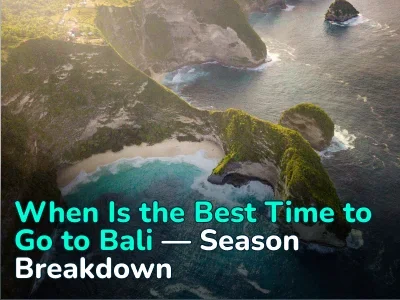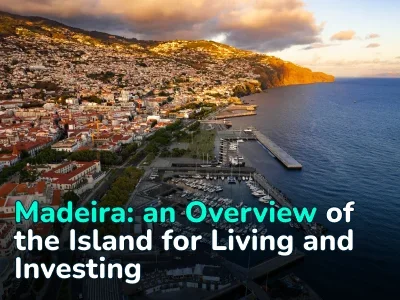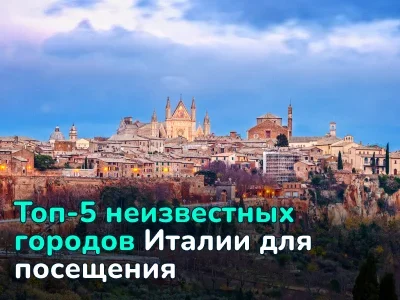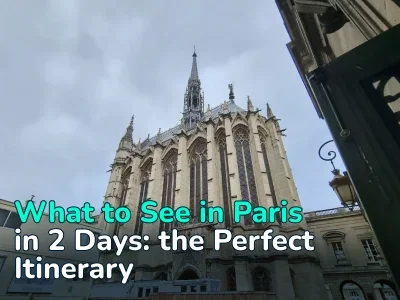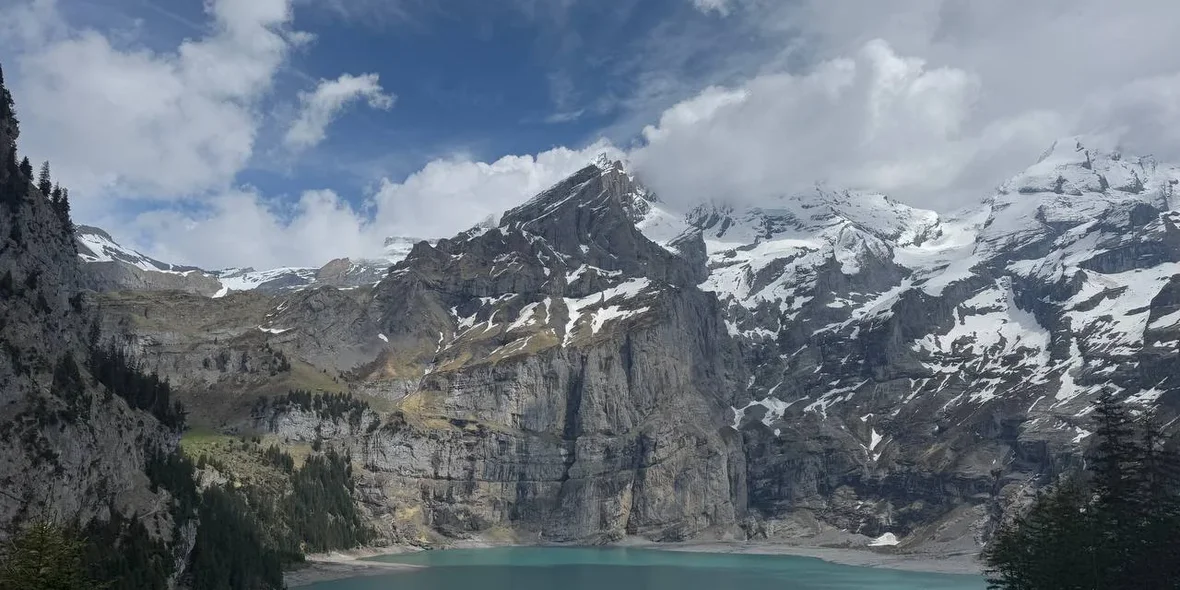
Swiss Pass and the Best Places in Switzerland: From the Matterhorn to the Rhine Falls
Switzerland, officially the Swiss Confederation, is located in the very heart of Western Europe. Despite its modest size compared to neighboring countries (with the exception of Liechtenstein), the country’s terrain is uniquely diverse: the Alps cover a significant portion of the land, with adjacent hilly regions gradually transitioning into the flat Swiss Plateau.
This diverse landscape attracts tourists with its breathtaking natural landmarks such as the Matterhorn peak, the Aletsch Glacier, and the Rhine Falls — the largest waterfall in Europe. However, nature is not the only reason Switzerland draws interest. While centuries-old architecture across Europe was being destroyed by wars, Switzerland maintained a successful policy of neutrality, which allowed historical sites like the medieval architecture of Bern and Lucerne, the wooden Chapel Bridge (Kapellbrücke), and Chillon Castle on Lake Geneva to remain almost perfectly preserved.
Nevertheless, neighboring Italy, France, Germany, and Austria see significantly higher tourist traffic. This is largely due to Switzerland’s status as the most expensive country in Europe, ranking first in cost of living. For example, an average cup of coffee costs 7 francs (about $7.15). Public transport is also costly, but here the Swiss Pass comes to the rescue — a travel pass valid on trains, buses, and boats.
We have put together a travel guide to the key destinations in Switzerland — from Zurich to Zermatt — so that any traveler can experience the country’s beauty without wasting time or stretching their budget.
Transportation in Switzerland
Switzerland’s public transportation network extends over 29,000 kilometers and includes not only traditional trains, buses, and trams, but also ferries, boats, and certain funiculars. However, prices are high: a one-way train ticket from Zurich to Geneva (approximately 3 hours) costs around 65 francs (about $66).
The aforementioned Swiss Travel Pass is designed for tourists who do not reside in Switzerland or Liechtenstein. It is available for 3, 4, 6, 8, or 15 consecutive days, as well as in a flexible version — the Swiss Travel Pass Flex — which allows travelers to choose their travel days within a set period.
Benefits of the Swiss Travel Pass:
- Free and discounted mountain routes. The Swiss Pass covers travel on regular trains and most scenic routes. It also offers up to 50% discounts on funiculars and cable cars.
- Free access to museums. Around 500 museums, including major cultural institutions in Zurich and Geneva, offer free entry with the Swiss Pass.
- Family benefits. Children under 16 travel for free when accompanied by parents using a Swiss Family Card.
- Youth discounts. Travelers under 25 can purchase the Swiss Travel Pass Youth at a 30% discount.
Swiss Travel Pass prices:
- 3 days: 244 CHF (about $296).
- 8 days: 419 CHF (about $509).
- Swiss Travel Pass Flex (4 travel days within one month): 339 CHF (about $411).
Where to buy the Swiss Travel Pass:
- Online at www.swiss-pass.ch (delivery fee 15–18 CHF or as an e-ticket).
- At Zurich and Geneva airports, or at major train stations (e.g., Zurich, Lucerne) upon presenting a passport.
- Through travel agencies working with the Swiss Travel System, a convenient option for pre-planned trips.
The e-ticket can be conveniently stored in the SBB Mobile app, which also allows travelers to plan their routes across Switzerland easily.
It’s important to note that trains in Switzerland are divided into classes (indicated by a number on the carriage), and free travel with the basic (2nd Class) Swiss Pass is only permitted in 2nd class. Ticket inspections are conducted by controllers who can board the train at any stop. If needed, you can also ask them for directions to your destination. It’s not worth taking chances by sitting in 1st class without the appropriate pass: the fine for a first offense is 80 CHF ($97), for a second offense — 120 CHF ($146), and for further violations — 150 CHF ($182). This is likely one of the reasons fare evasion is so rare in Switzerland.
To travel in 1st class carriages, you must purchase a Swiss Pass 1st Class, which is more expensive than the standard pass:
|
Number of Days |
Swiss Pass 2nd Class (CHF/USD) |
Swiss Pass 1st Class (CHF/USD) |
|
3 |
244 / 296 |
389 / 472 |
|
4 |
295 / 358 |
469 / 570 |
|
6 |
379 / 460 |
602 / 731 |
|
8 |
419 / 509 |
665 / 808 |
Both pass types offer similar core functionality, but the 1st Class Pass includes certain local perks in addition to access to 1st class carriages. For example, it grants access to the upper deck of the boat during lake cruises in Lucerne. If you already have a 2nd class Swiss Pass, you can upgrade to 1st class for a specific route at any SBB ticket counter or via the SBB mobile app. The upgrade costs 50% of the price difference between the two classes for that route.
Alternatives to the Swiss Pass:
- Swiss half-fare card. Ideal for occasional trips, it offers a 50% discount on transportation and costs 120 CHF.
- Swiss transfer ticket. Designed for round trips from the border or between airports; it does not cover local urban transport. Price: 130 CHF.
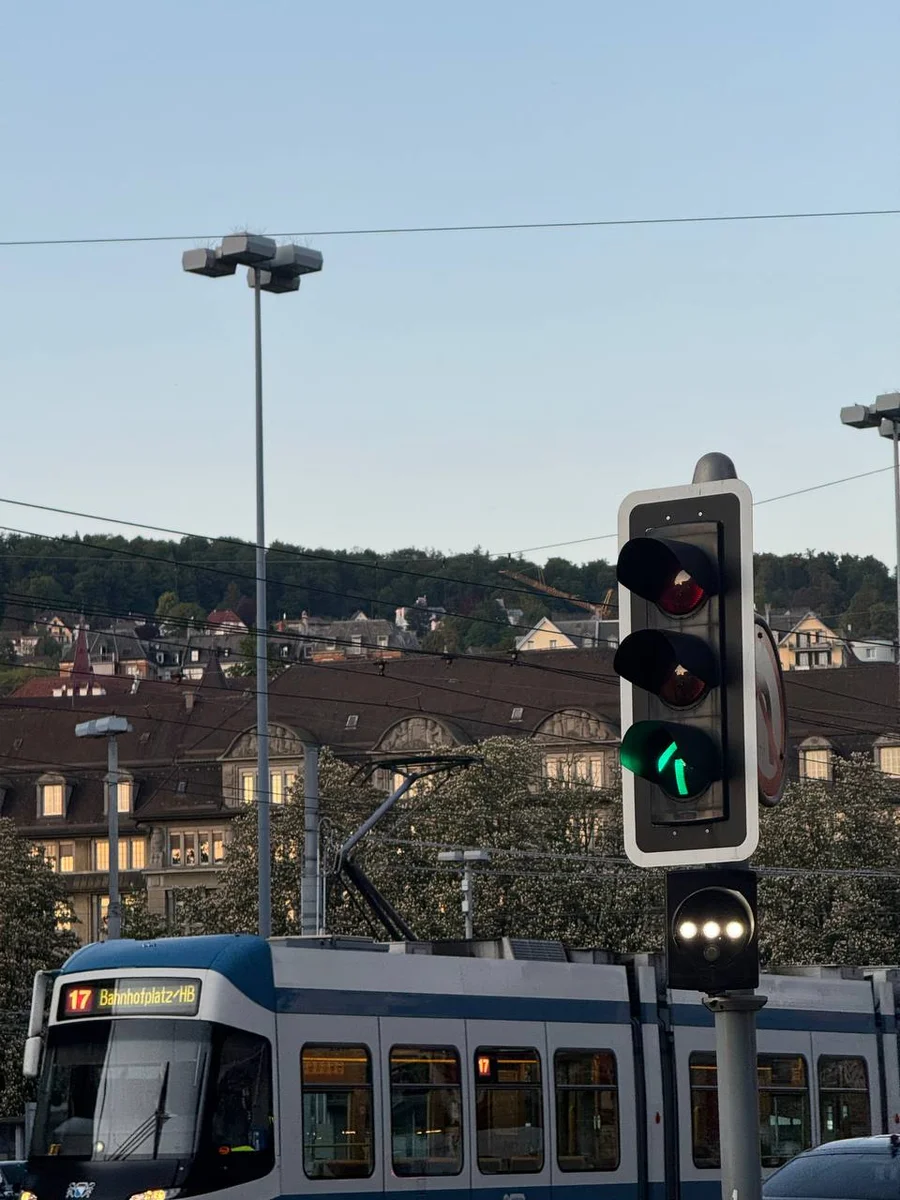
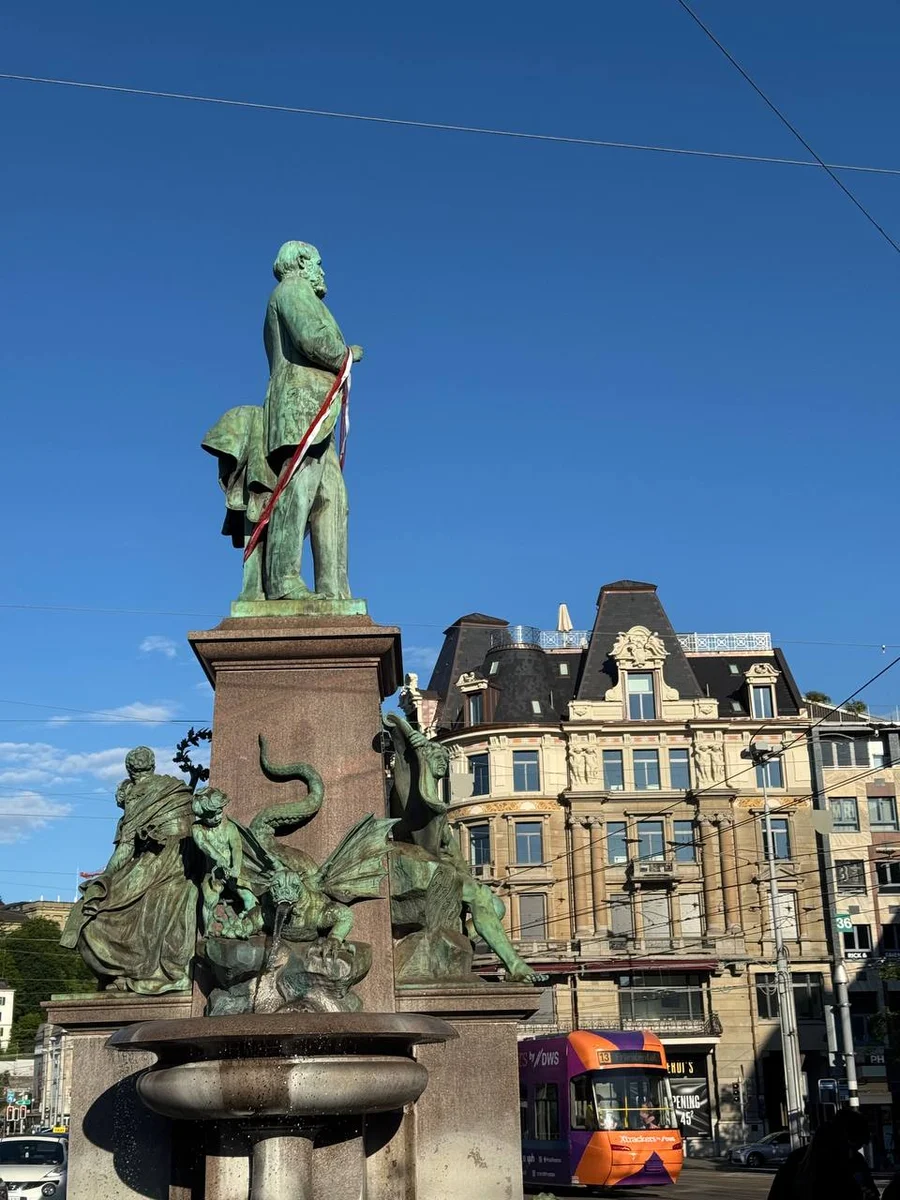
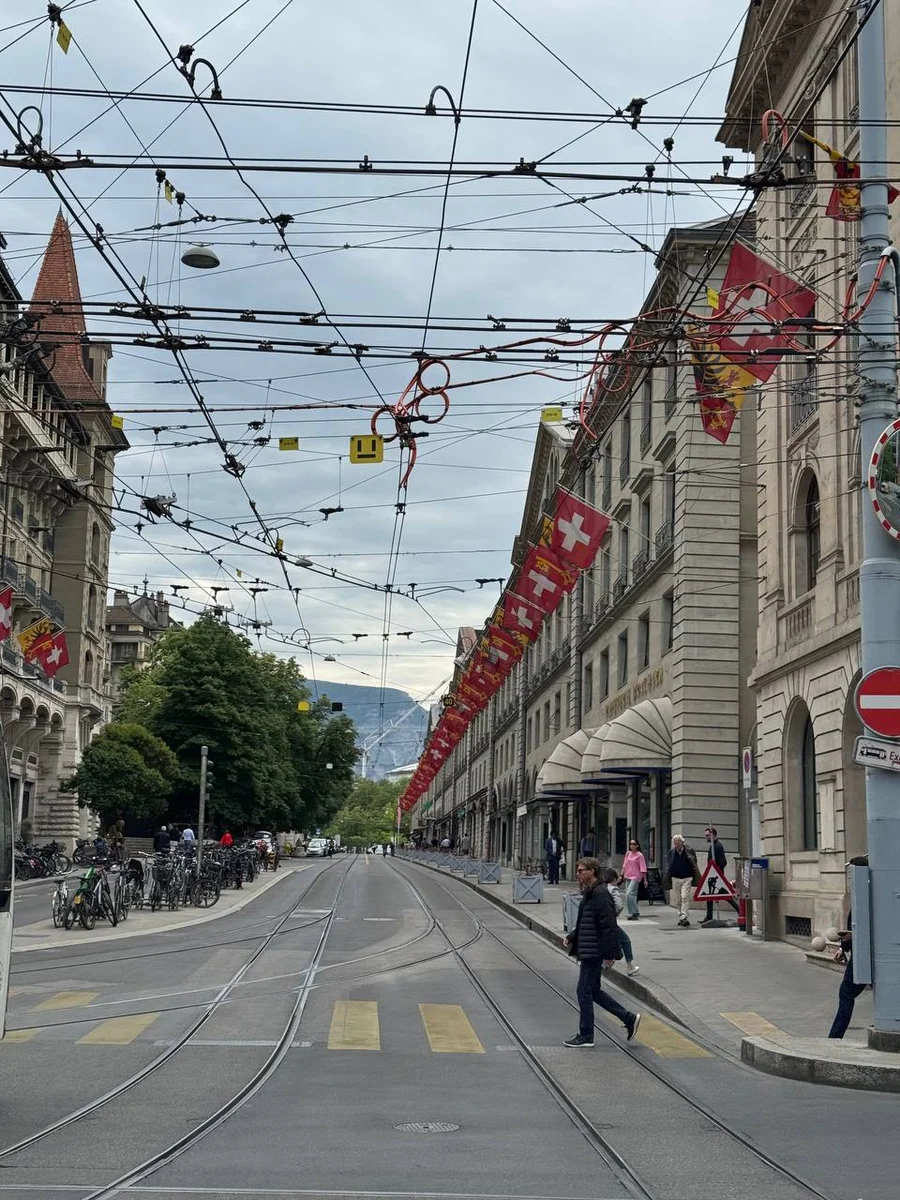

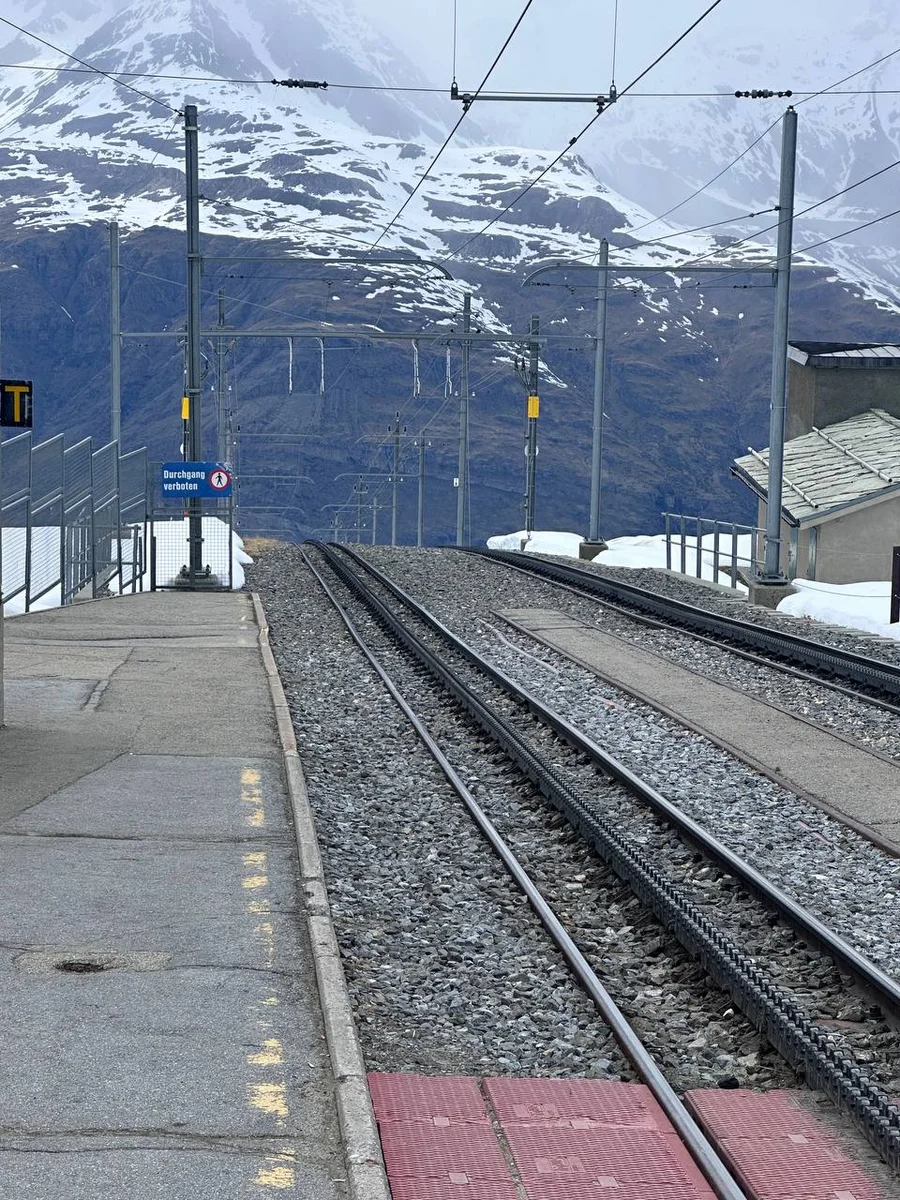
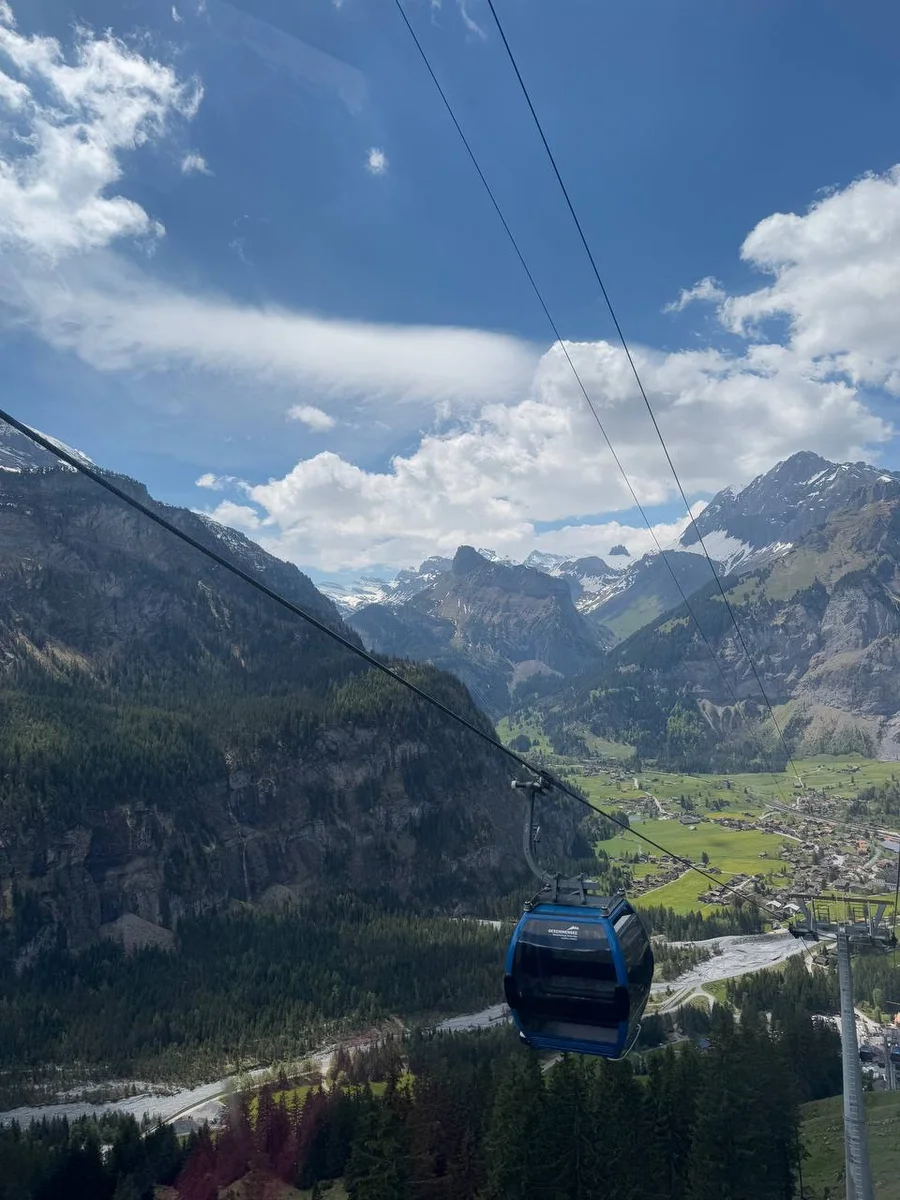
Overview of Switzerland’s Attractions
Switzerland is a confederation and officially has no capital. De facto, however, its principal city is Bern. Yet, we’ll begin our journey not from there, but from the most visited city in the country — Zurich, the capital of the canton of the same name.
Zurich
Zurich is located in the north of Switzerland, on the shores of Lake Zurich at the foothills of the Alps. It is the country’s financial hub with a rich historical and cultural heritage. The city blends modern skyscrapers with well-preserved medieval architecture.
Key attractions:
- Old Town (Altstadt). The historic center stretches along both banks of the Limmat River. Narrow cobblestone streets lead past brightly painted medieval buildings. Notable landmarks include the Grossmünster, a Romanesque-style Protestant church built in the 12th century, and the Fraumünster, famous for its stained-glass windows designed by Marc Chagall in the 1970s. Entry to both churches is free, and for just 5 CHF, you can climb the Grossmünster tower for panoramic views of the old city.
- Bahnhofstrasse. One of the most expensive shopping streets in the world running from the main train station to the lake. Here you’ll find boutiques of premium Swiss brands like Lindt and Läderach, where handcrafted chocolate sells for about 10 CHF per 100 grams (roughly $10.20).
- Lake Zurich and the promenade. A picturesque lake situated 400 meters above sea level, divided into upper and lower sections by a narrow peninsula. Scenic cruise boats and ferries operate regularly. The lake is surrounded by parks, including Lindenhof, a Roman-era hilltop fortress offering sweeping views of the Alps. The Limmatquai promenade is lined with cafés — a cup of coffee here costs around 7 CHF (~$7.15). In summer, this area hosts street food festivals.
- Kunsthaus Zurich. One of Switzerland’s leading art museums, featuring a collection spanning from the Middle Ages to Impressionism (including works by Monet and Van Gogh). Admission is 16 CHF, but free with the Swiss Travel Pass.
The Swiss Travel Pass covers all public transportation in Zurich, including suburban buses and trains. The train from Zurich Airport to the main station (Zürich HB, 11 minutes) is also free. However, it’s often more pleasant to take the tram from the airport directly to your desired stop, especially if it’s geographically closer than the central station.
Trams also run slightly more frequently—every 7–10 minutes compared to 20–30 minutes for trains—and operate on 13 routes that cover most areas of the city. Additionally, every tram stop is equipped with information boards displaying tram network maps, schedules, and directions to popular destinations.
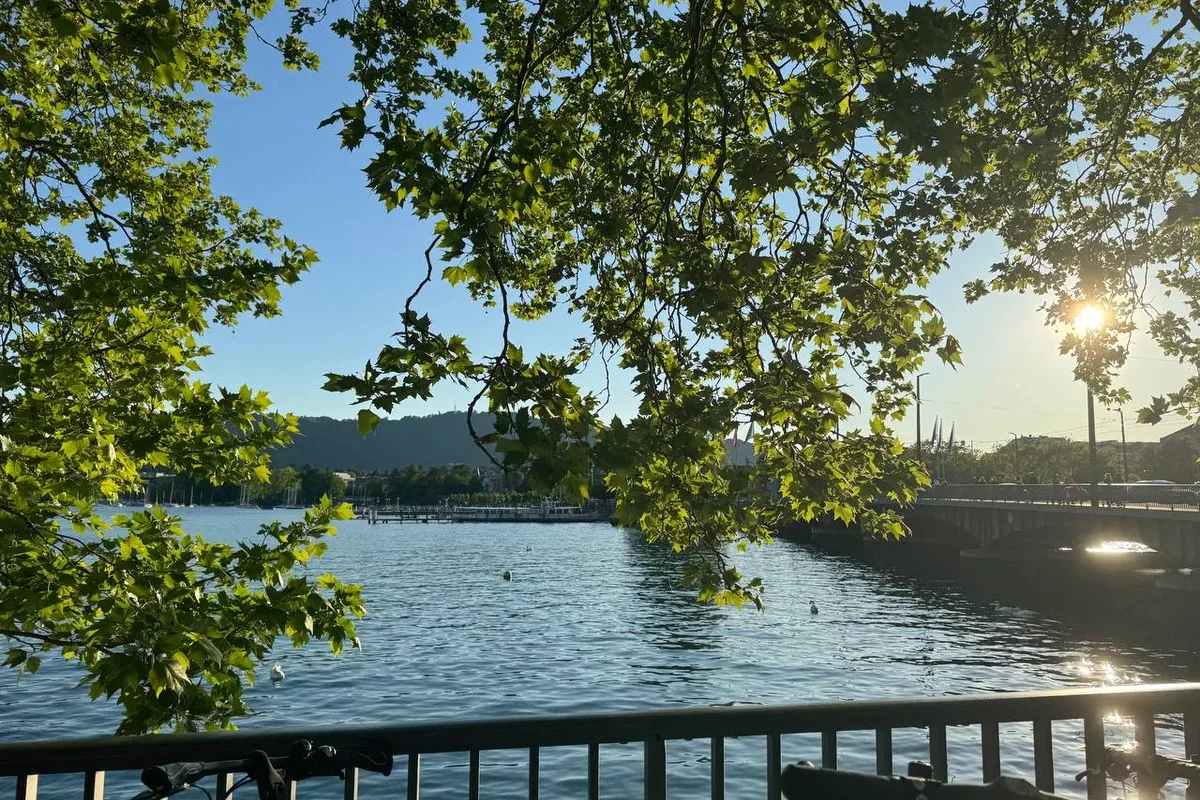

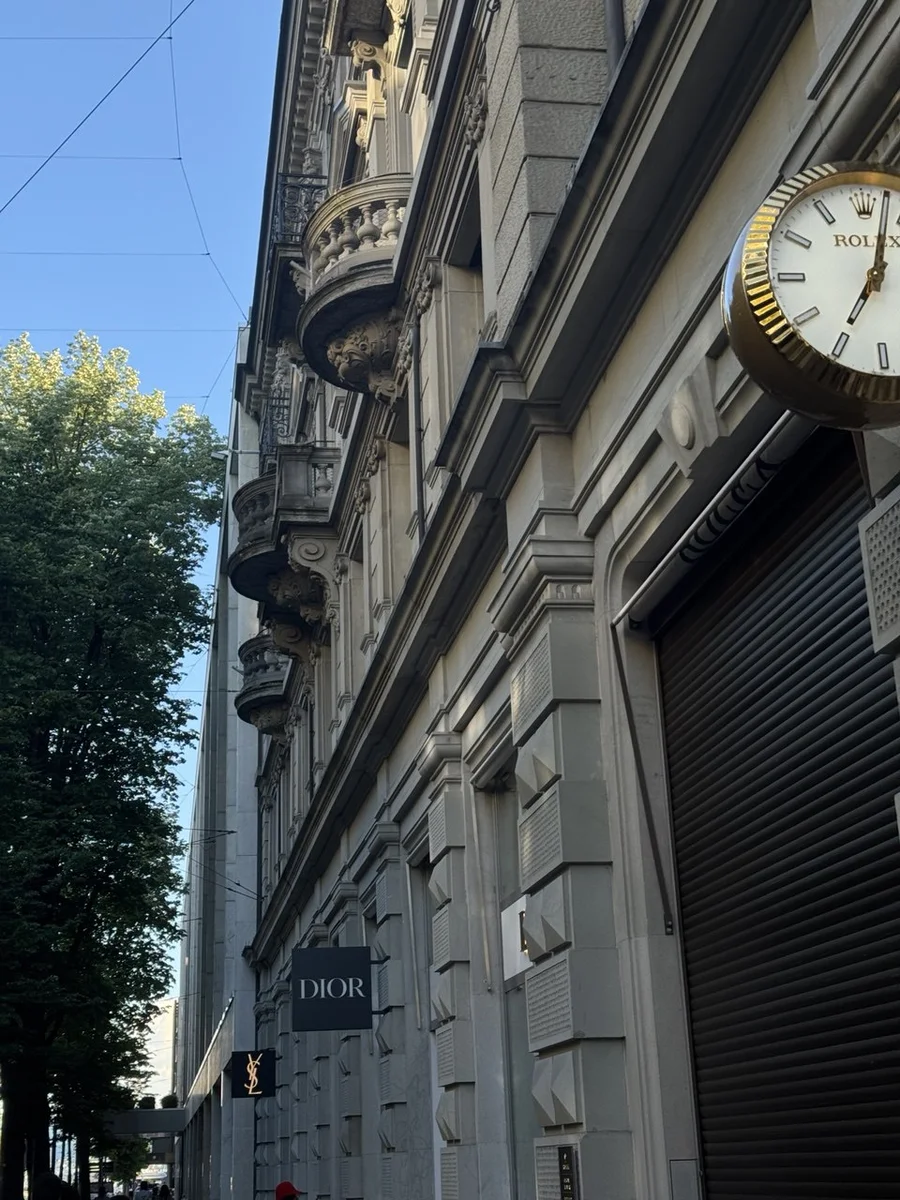
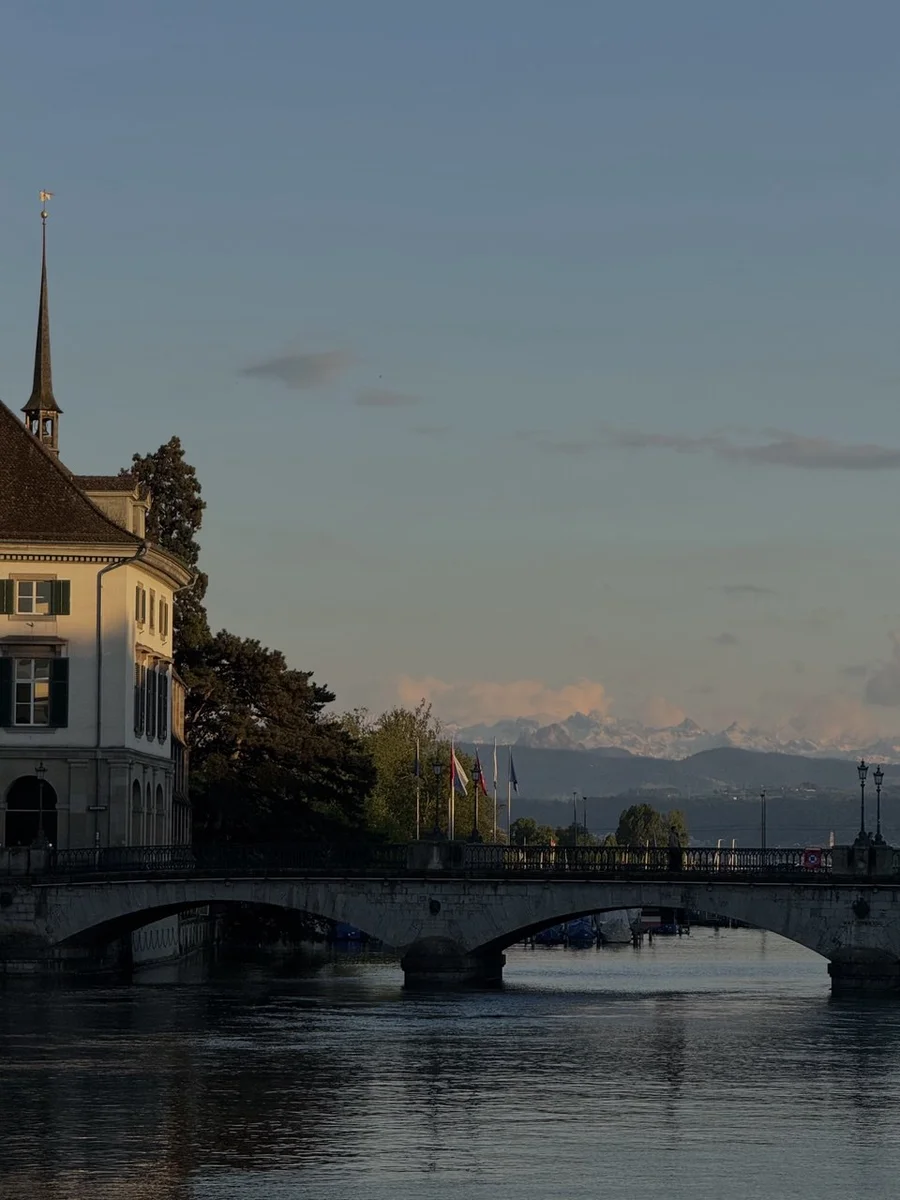
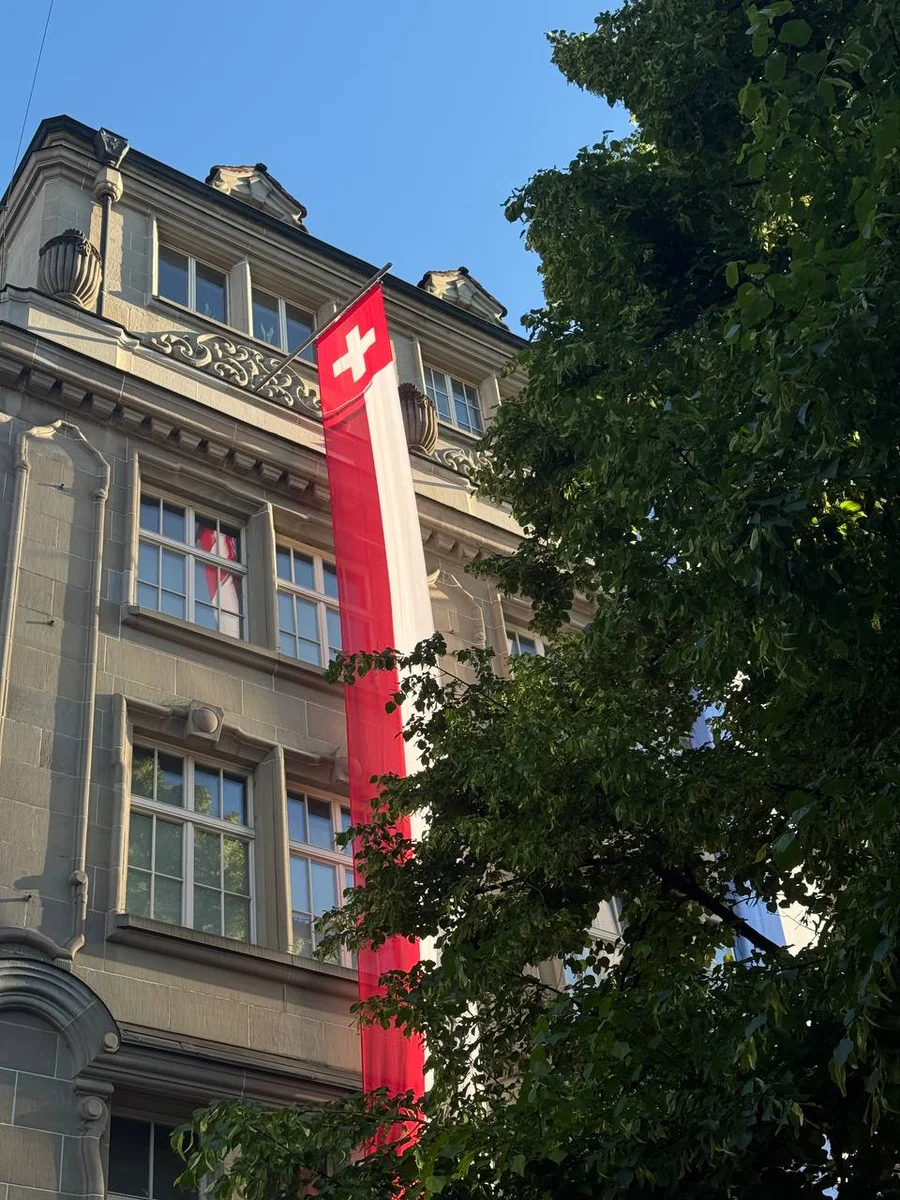
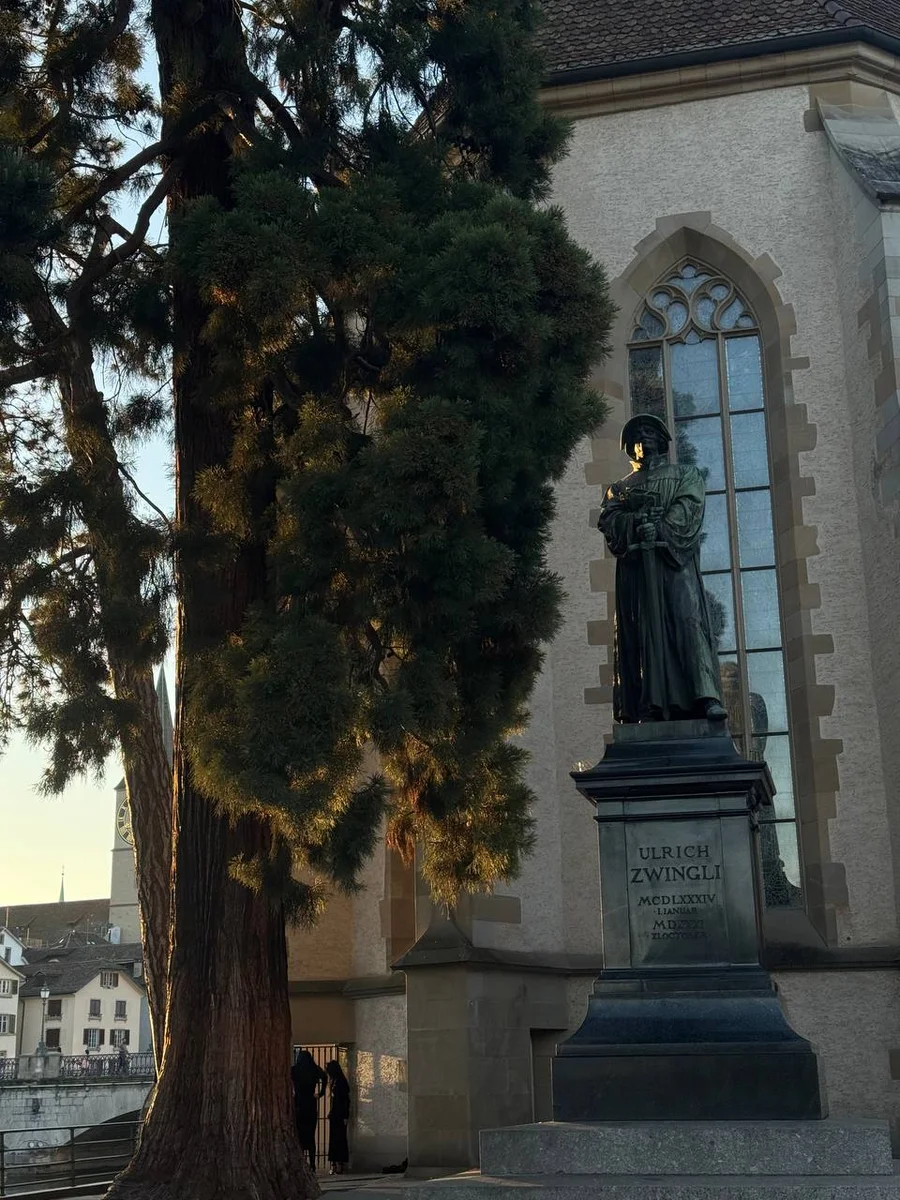
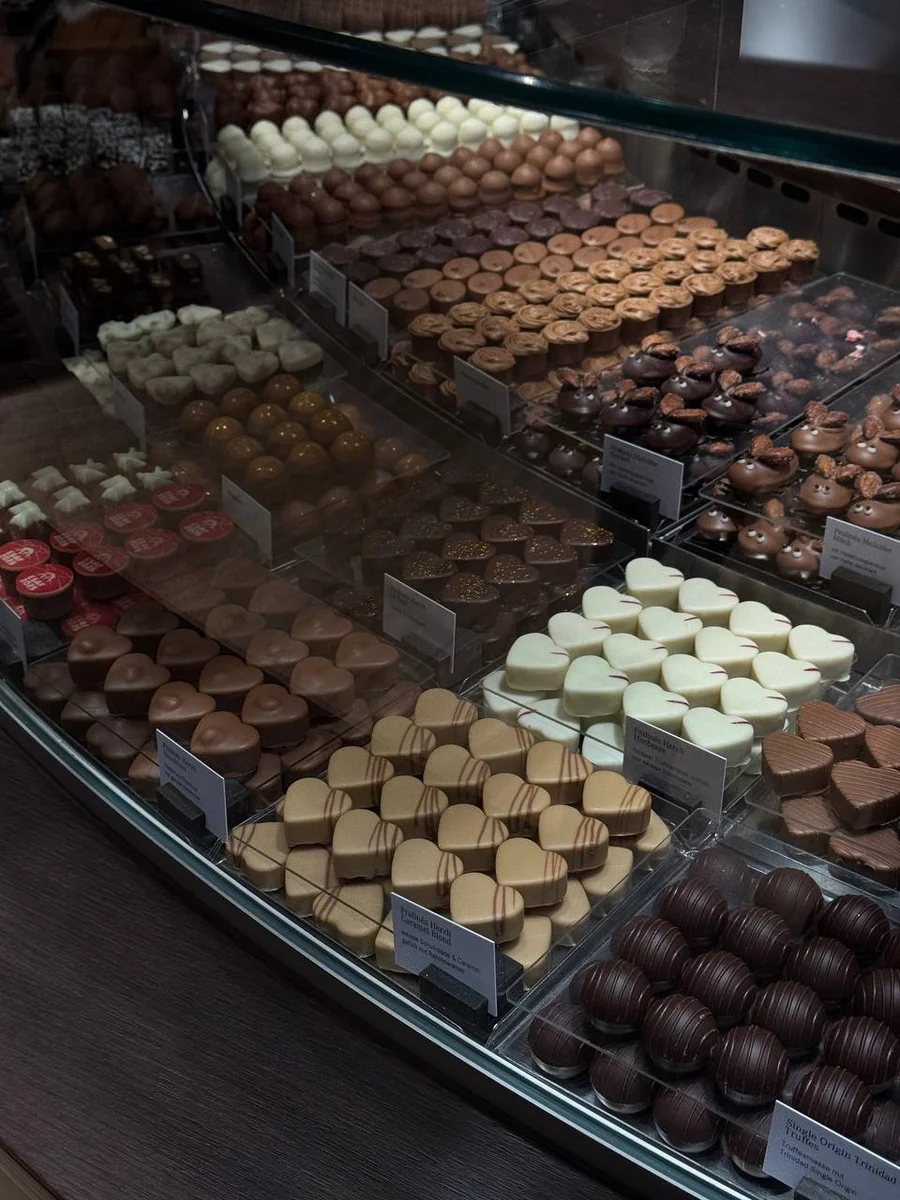
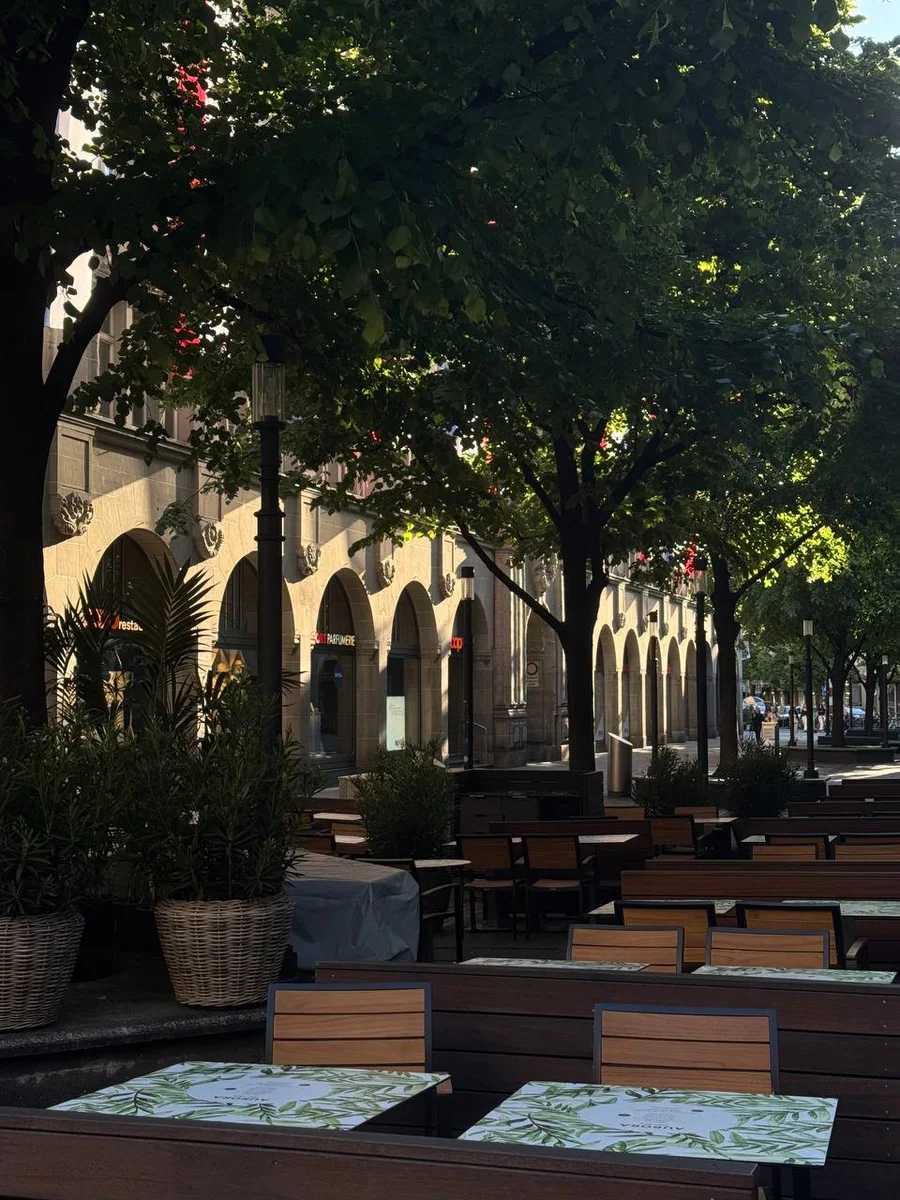
Rhine Falls
The Rhine Falls (Rheinfall) are located near the town of Schaffhausen, in northern Switzerland. Widely recognized as the largest waterfall in Europe, it spans 150 meters in width and drops 23 meters in height, with an average water flow of approximately 600 m³/s. The waterfall sits on the Rhine River, marking the boundary between the cantons of Schaffhausen and Zurich.
Key attractions:
- Viewing platforms. The main observation decks on the north bank (Neuhausen am Rheinfall) are free of charge and offer close-up views of the falls. For an even closer experience, a paid platform is located on the south bank, accessible via a staircase from Laufen Castle. Entrance costs 5 CHF (approx. $5.10). Note: No Swiss Travel Pass discount applies here.
- Boat tours. Boats depart from the pier on the north side and head toward a central rock formation in the middle of the falls, where visitors can disembark for a unique viewpoint. Prices range from 10 to 20 CHF, depending on the route.
- Laufen Castle (Schloss Laufen). A 12th-century medieval castle located on the southern bank, right next to the falls. It houses an exhibition on regional history (entry ~3 CHF, not covered by Swiss Pass). The castle terrace offers an elevated view of the waterfall.
The Swiss Travel Pass covers travel from Zurich to either Neuhausen am Rheinfall (north bank, ~40 minutes) or Schloss Laufen am Rheinfall (south bank, ~45 minutes). Trains run every 15 to 30 minutes from Zurich’s main station (Zürich HB). Bus connections from the train stations to the viewing areas are also included in the Swiss Pass.
Plan for 2–3 hours to explore the viewing platforms. If you intend to take a boat to the rock in the middle of the falls, it’s a good idea to bring a rain poncho. In summer, the falls are illuminated in the evening, and in July, the site hosts the annual Rheinfall-Lichter fireworks display.
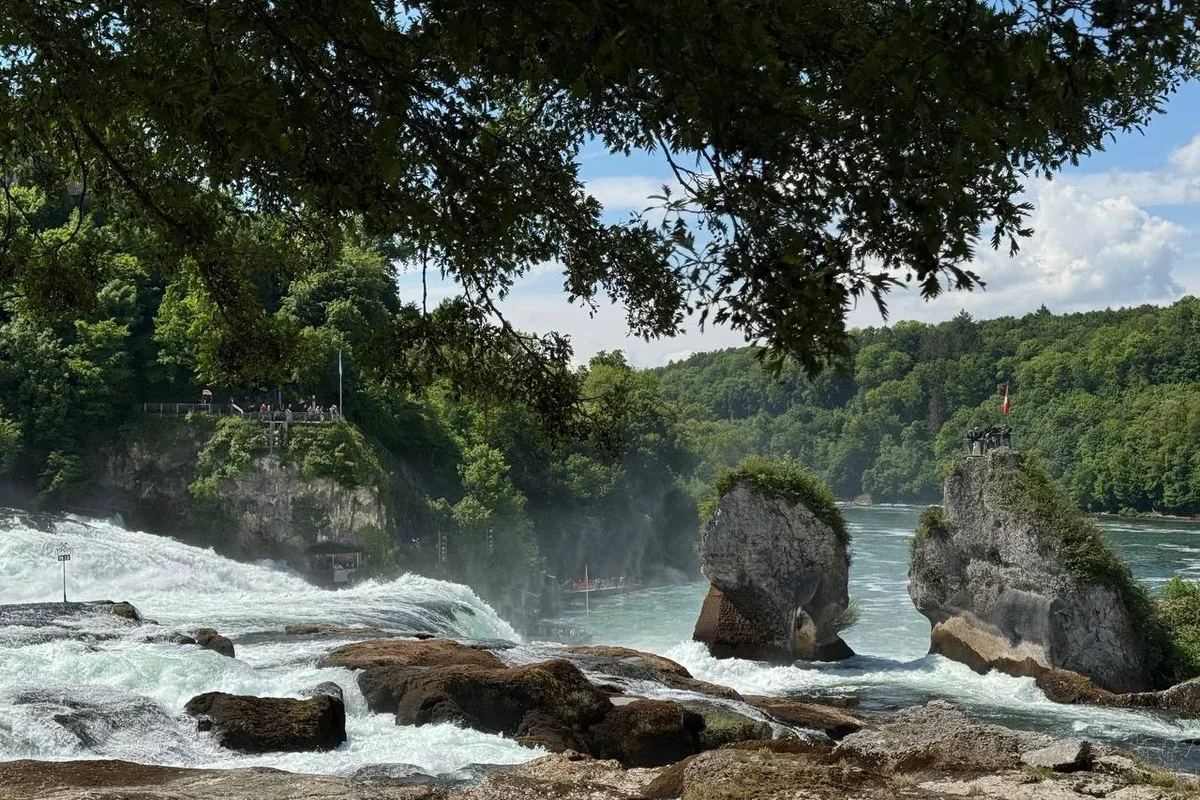
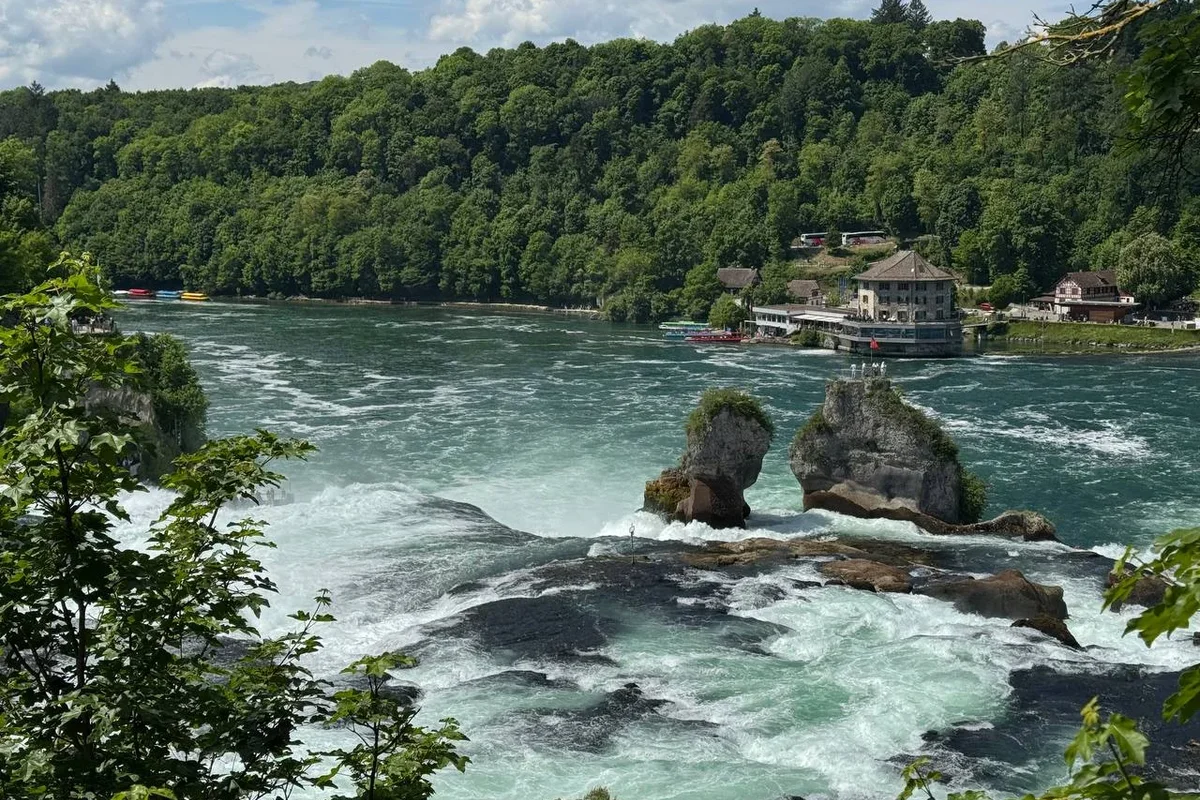
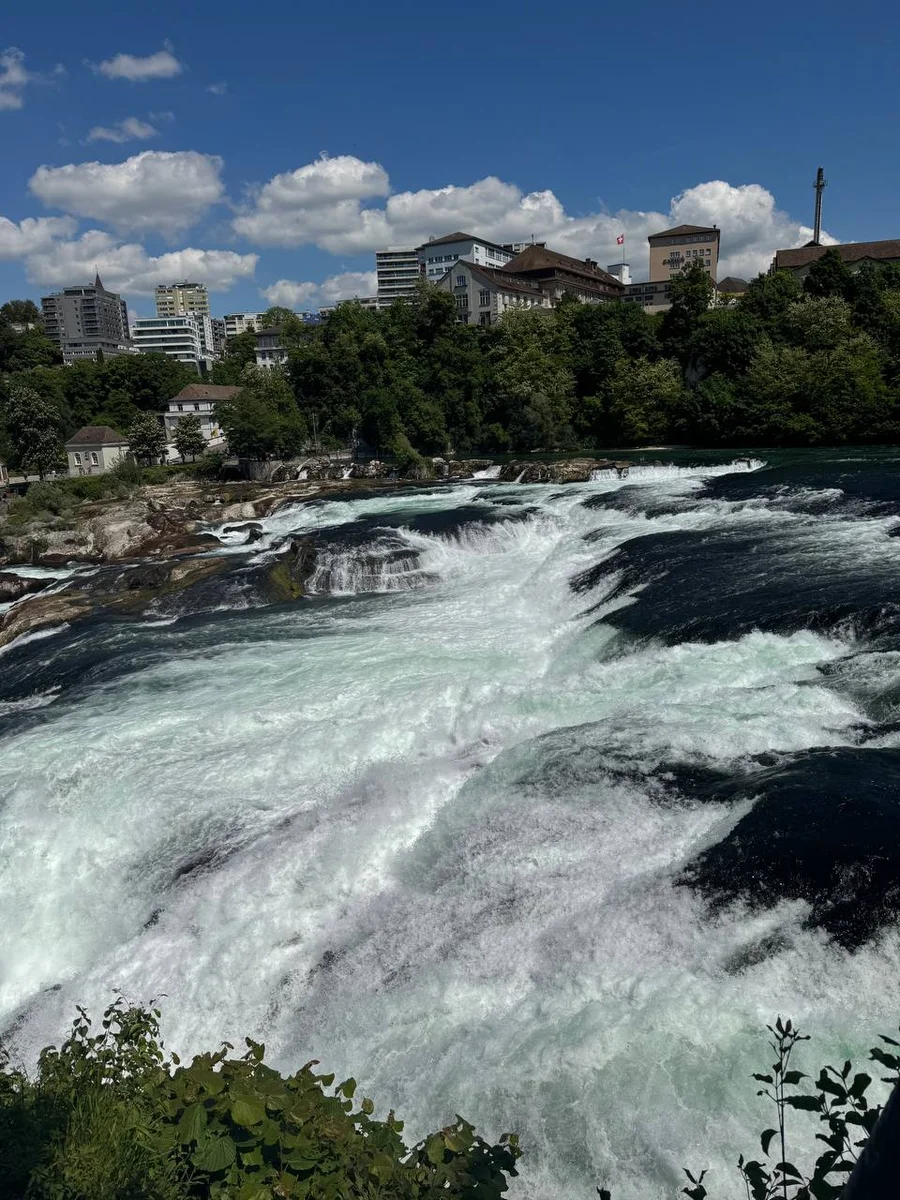
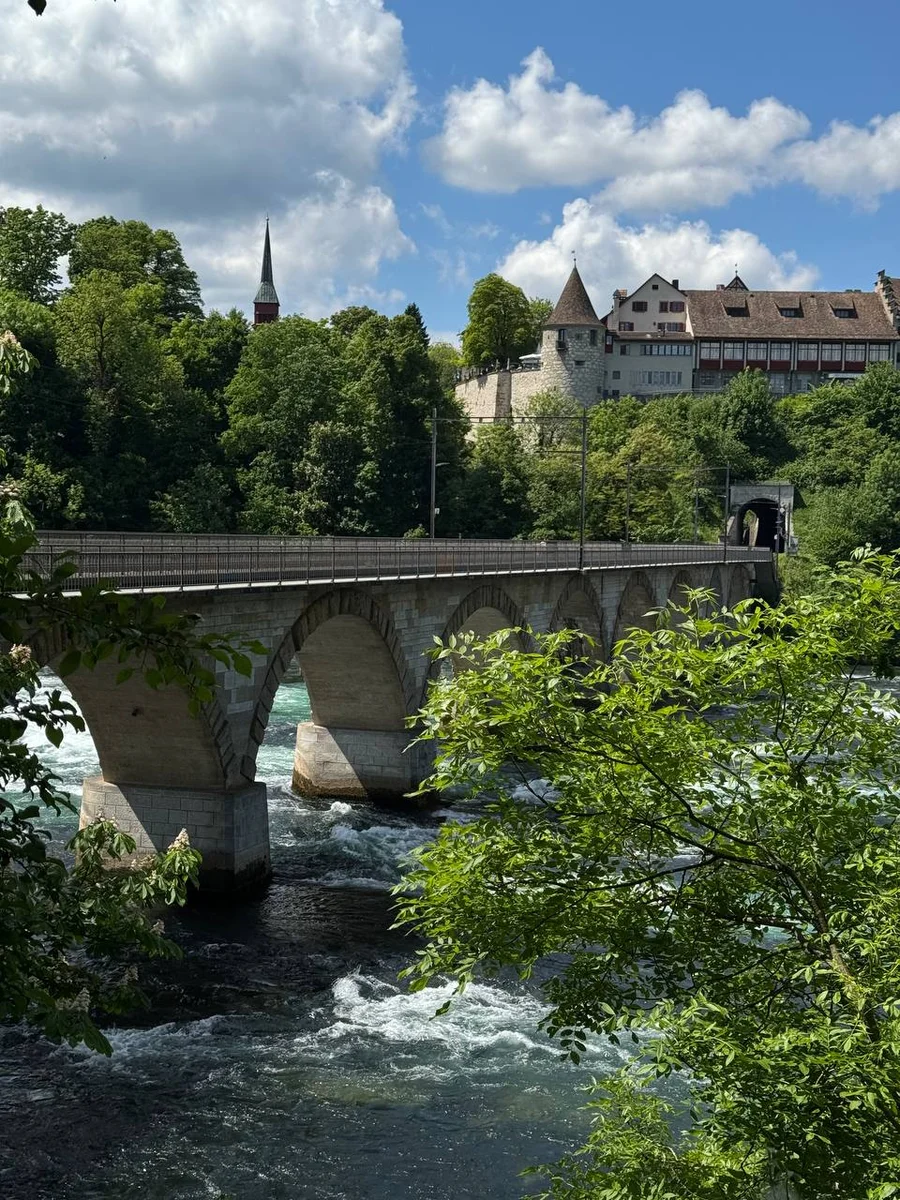
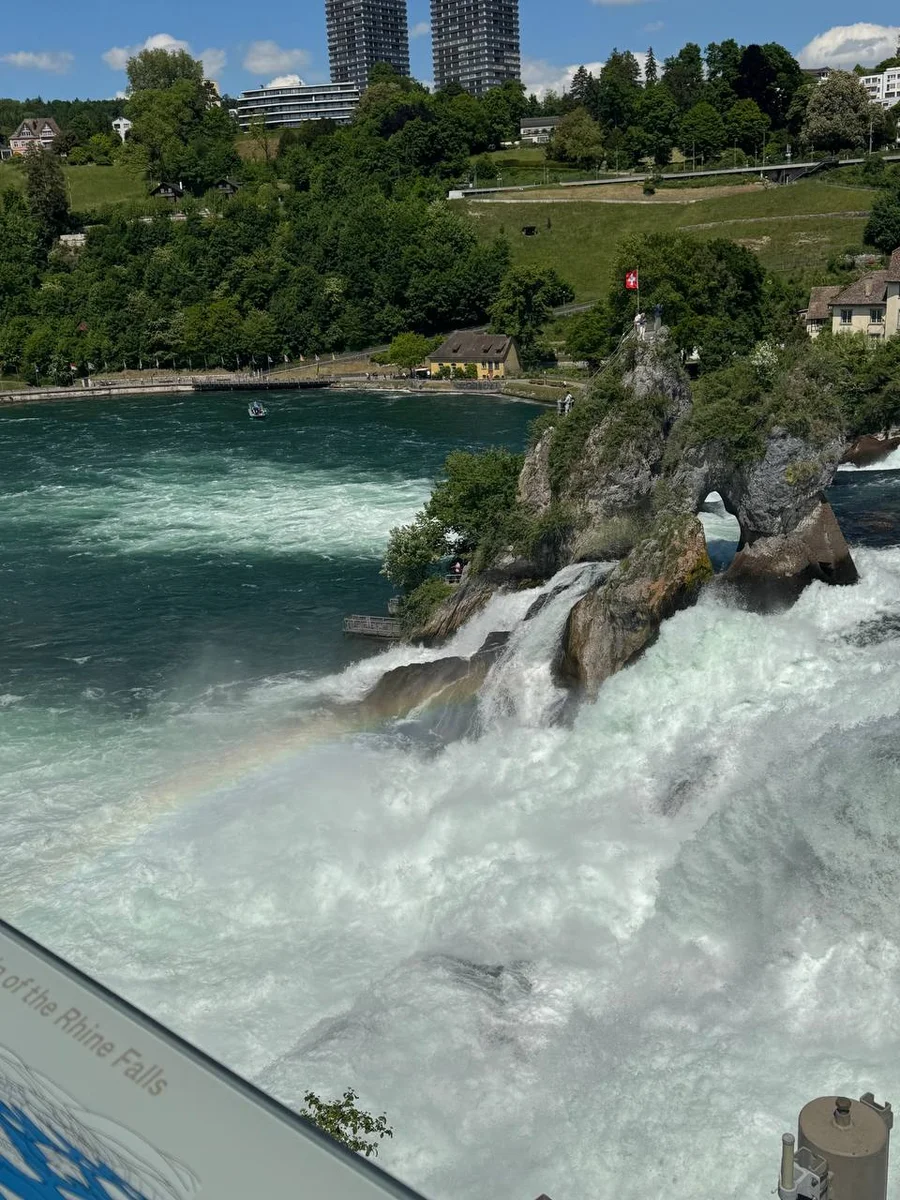
Lucerne
Lucerne is located in central Switzerland, on the shores of Lake Lucerne (Vierwaldstättersee), near the Alps and specifically close to the peaks of Pilatus and Rigi. The city’s appearance retains strong medieval characteristics, occasionally interrupted by modern architectural elements.
Key attractions:
- Chapel bridge (Kapellbrücke). A 14th-century wooden covered bridge, the oldest of its kind in Europe, spanning the Reuss River. Its triangular roof panels feature 17th-century paintings depicting Lucerne’s history. Nearby stands the Wasserturm (Water Tower) and remnants of the old city fortifications. Free to visit.
- Lake Lucerne. A scenic lake covering 114 km², nestled in a mountain basin. The lakeside promenade is lined with cafés and benches, and in summer, it comes alive with street musicians. Boat cruises (1–2 hours) cost around 25–40 CHF ($25.50—$40.80), but up to a 50% discount is available with the Swiss Travel Pass.
- Lion monument (Löwendenkmal). A monument carved into rock in 1821, dedicated to the Swiss Guards who died in France during the French Revolution. Admission is free.
- Swiss Museum of Transport (Verkehrshaus der Schweiz). The country’s largest technical museum, showcasing historical trains, aircraft, and automobiles, including interactive simulators. Entry costs 36 CHF, but is free with the Swiss Travel Pass.
- Old town. Pedestrian streets lined with frescoed houses (such as those on Weinmarkt Square) preserve the atmosphere of the Middle Ages. The area is also home to the Jesuit Church (built in 1666), noted for its baroque interior. Free admission.
The Swiss Travel Pass covers all local transport in Lucerne (buses and trolleybuses) as well as several panoramic train routes. For example, the Luzern—Interlaken Express is fully included, though seat reservations (approx. 10 CHF) are required for panoramic trains.
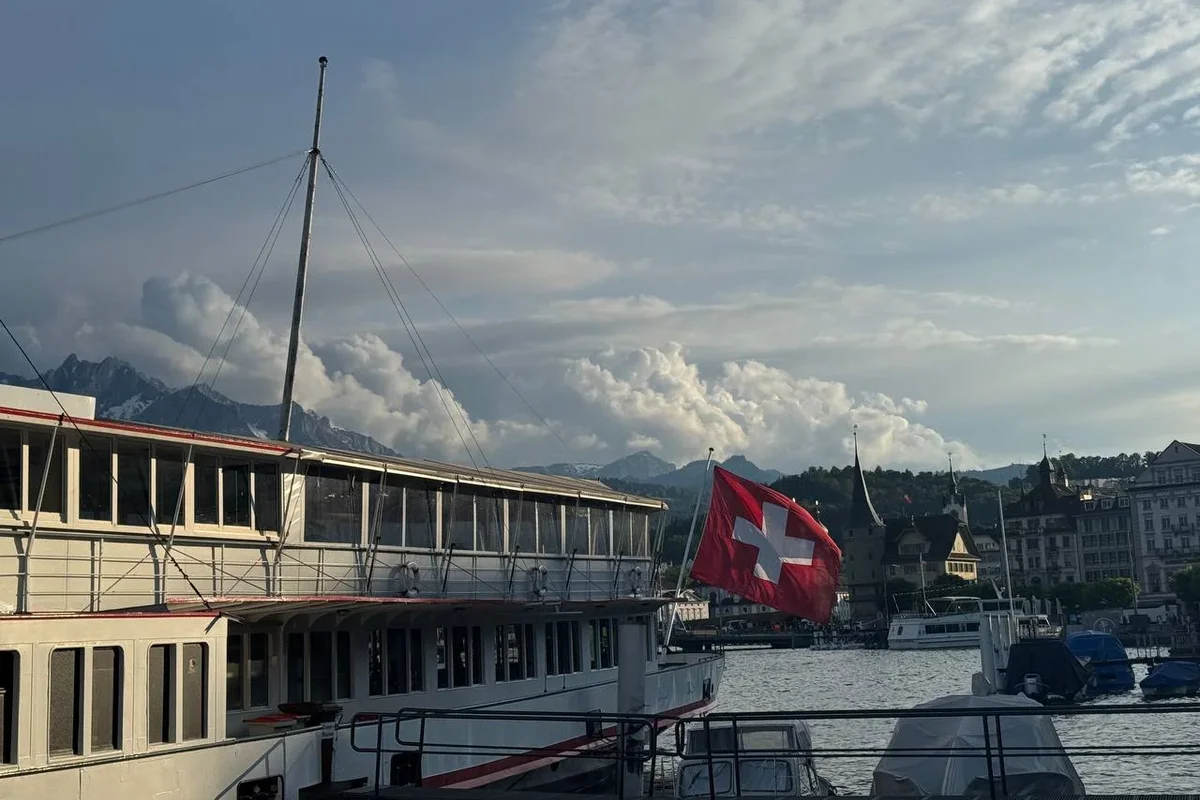
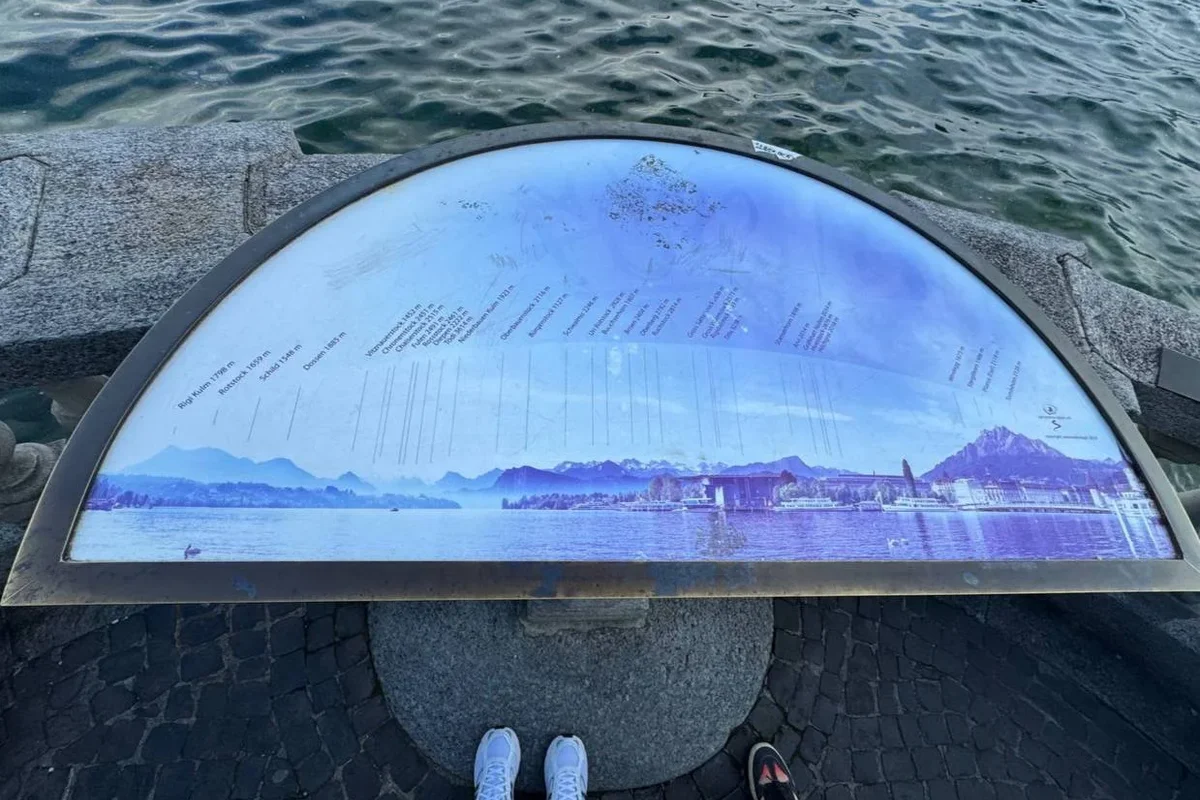
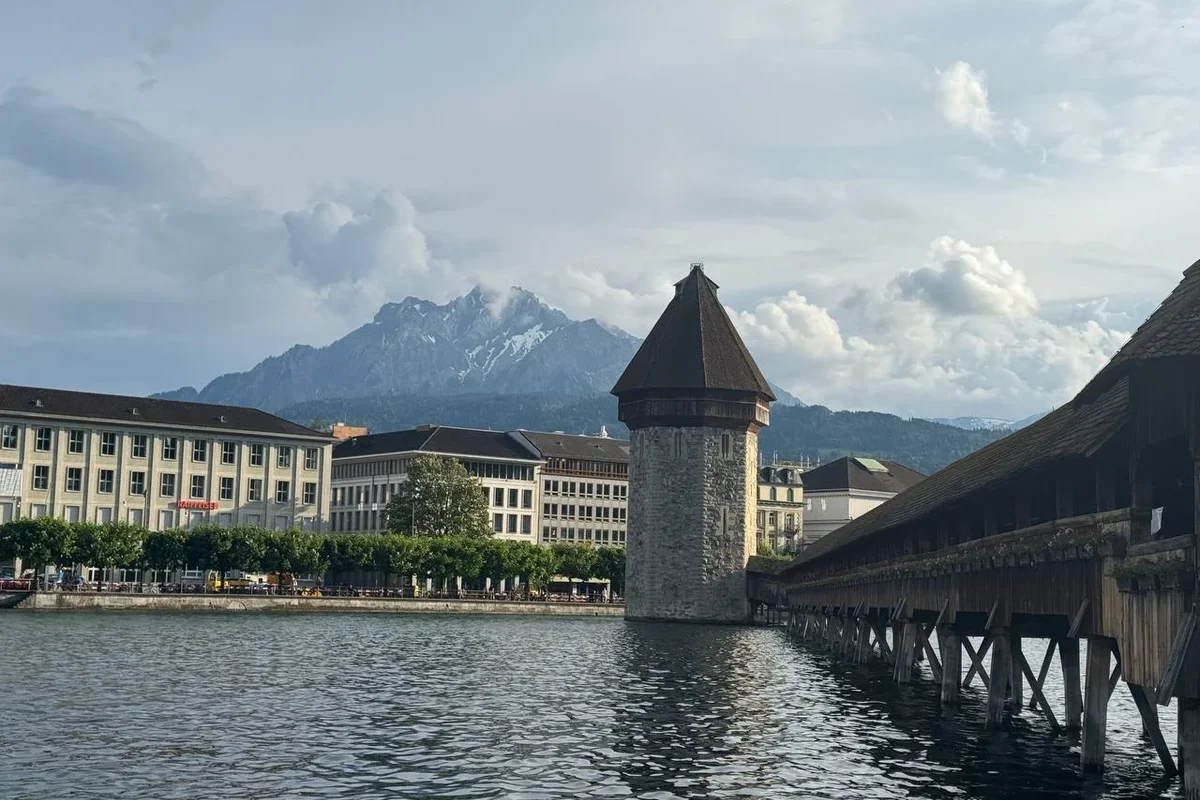
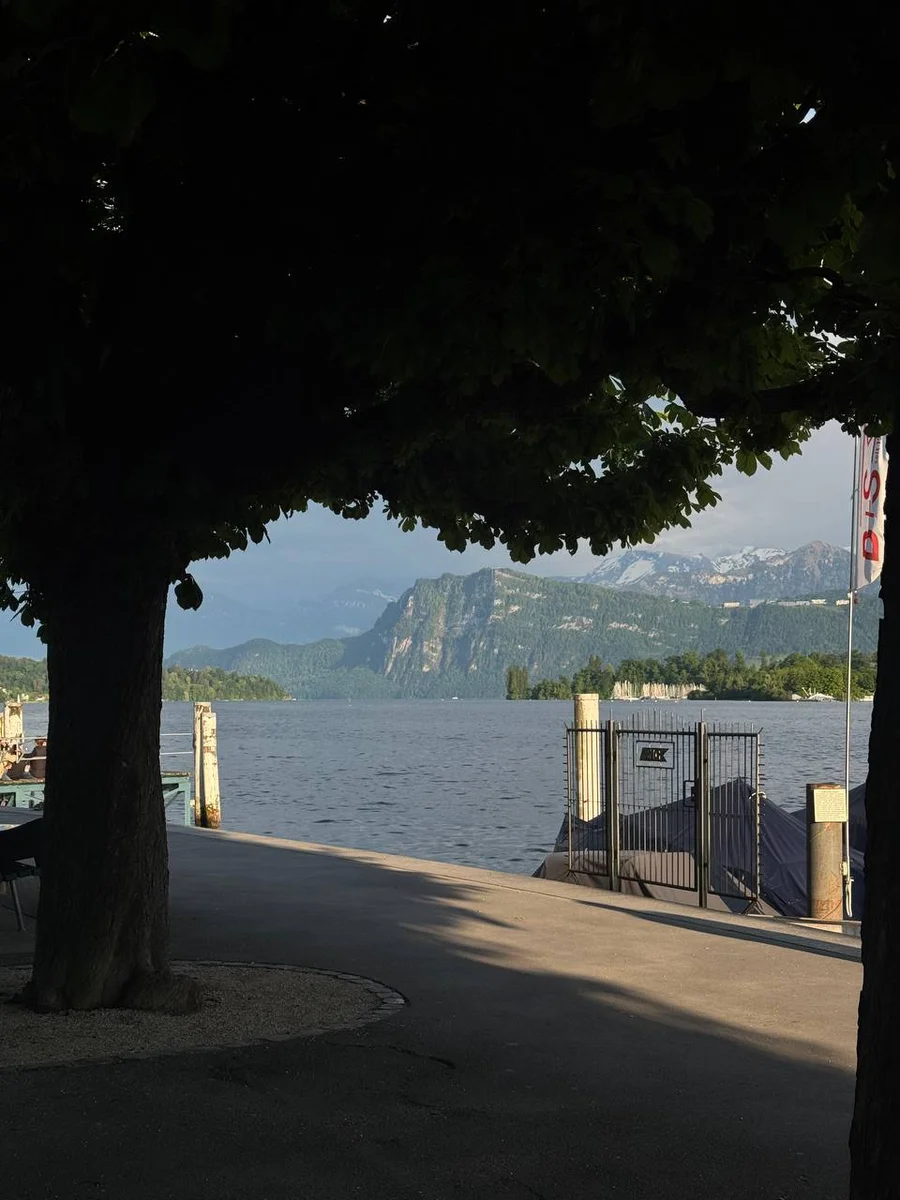
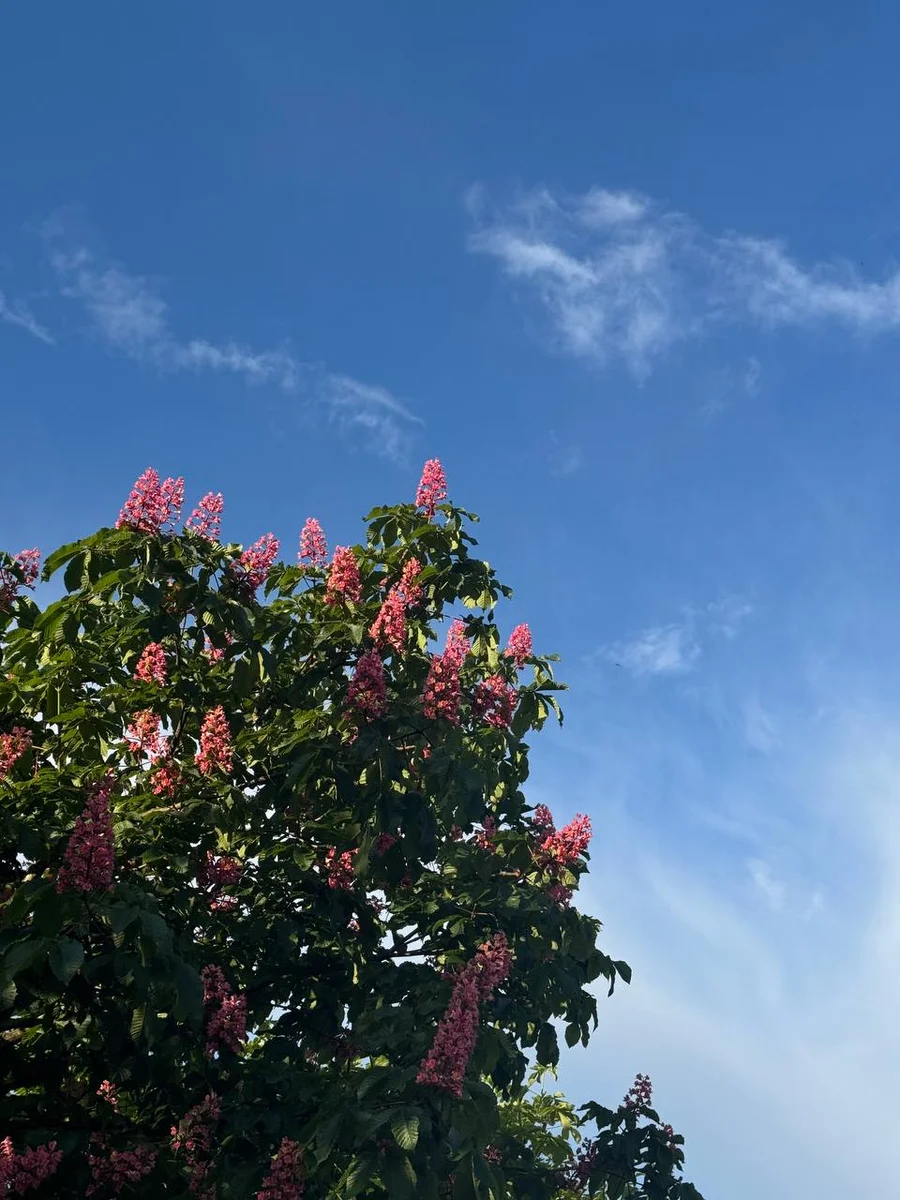
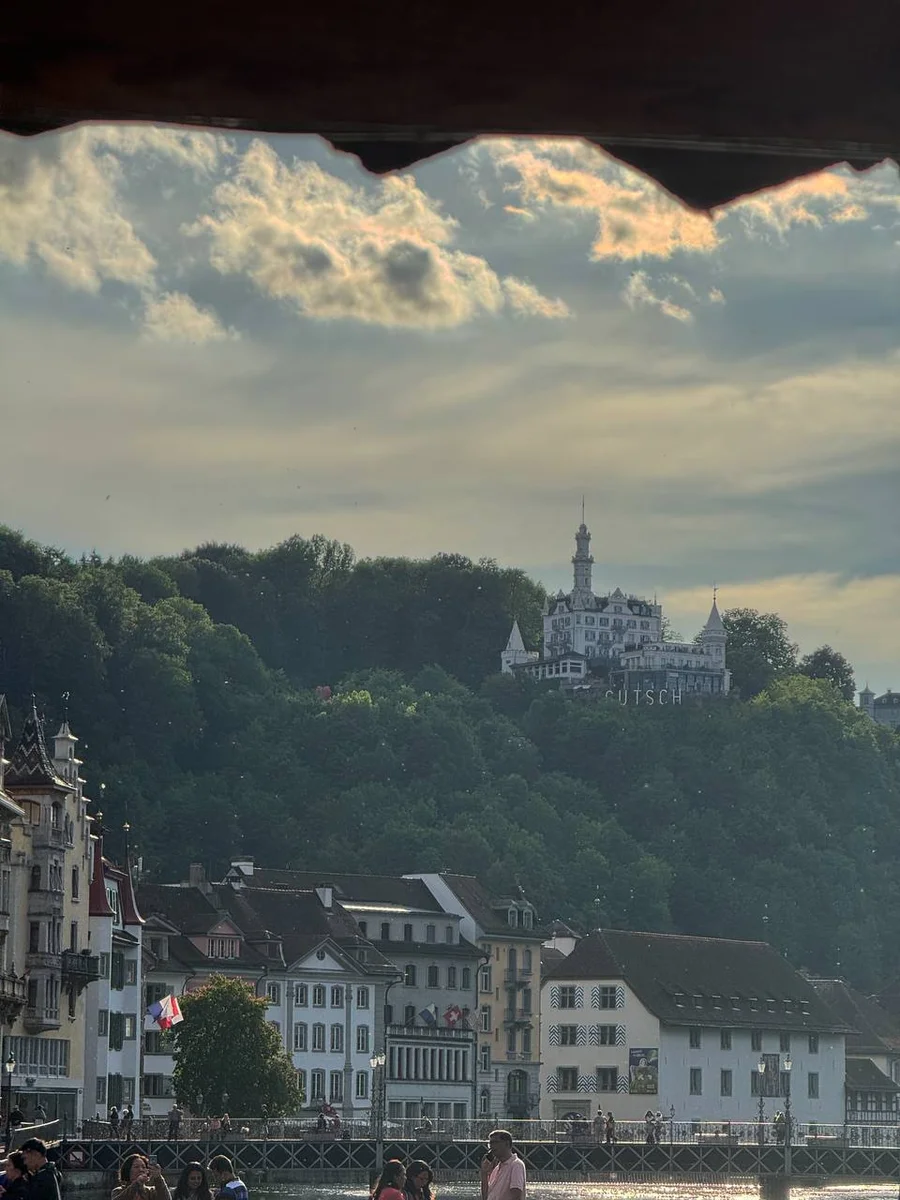
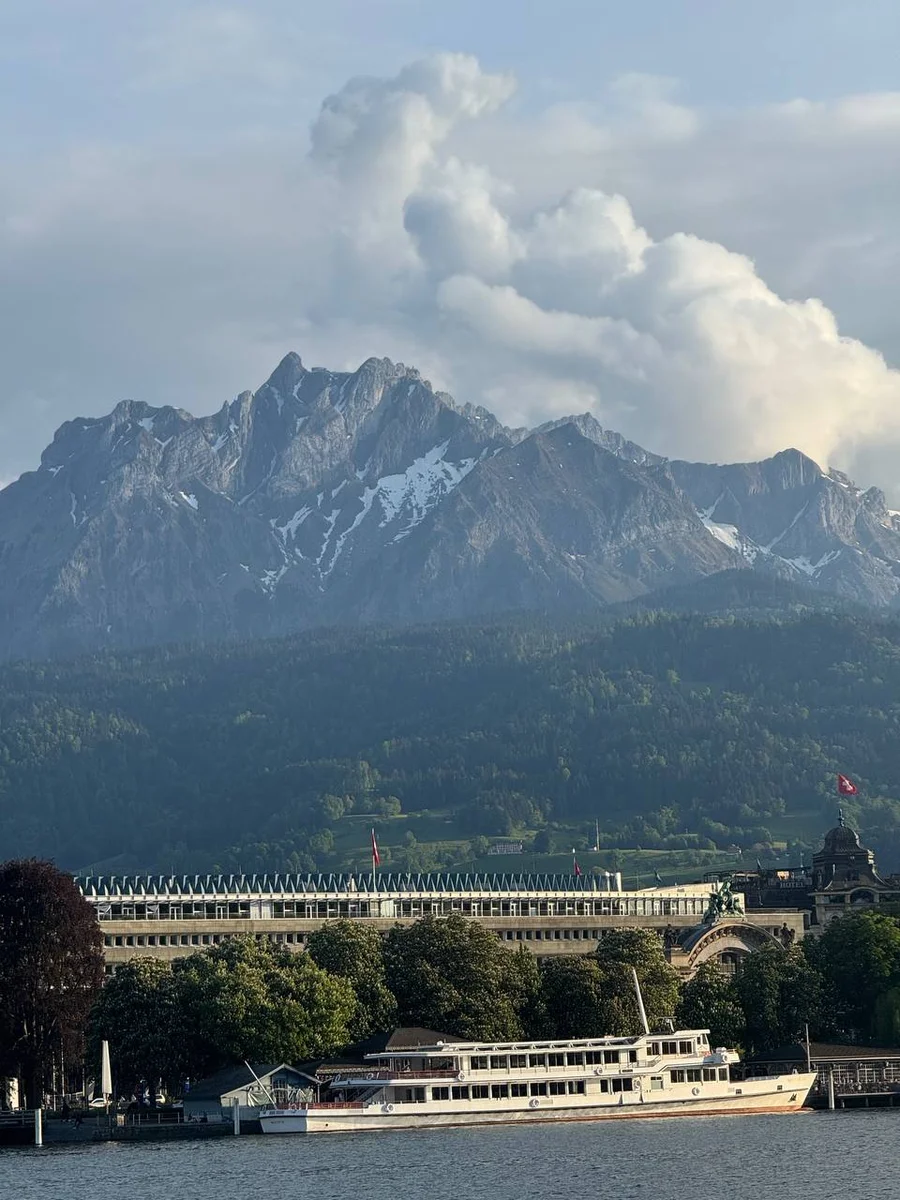
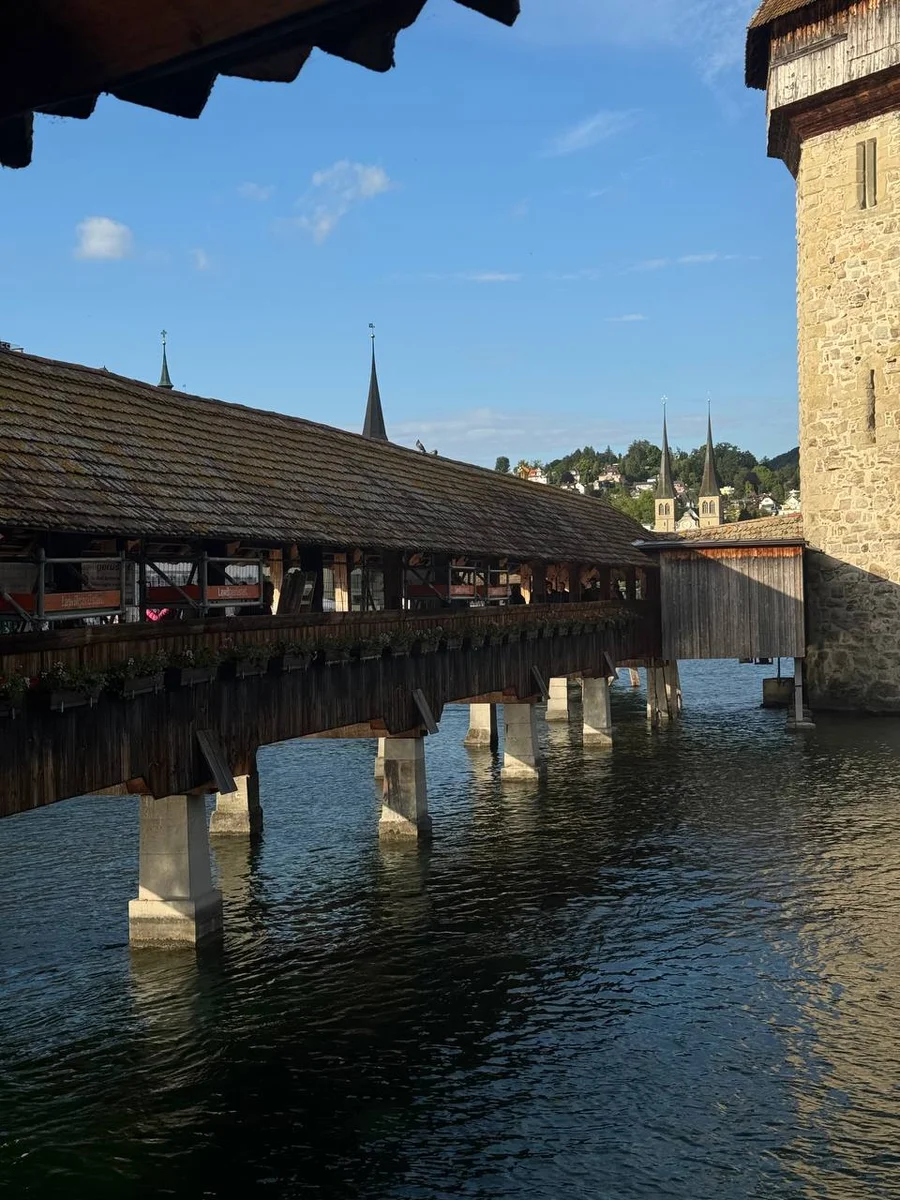
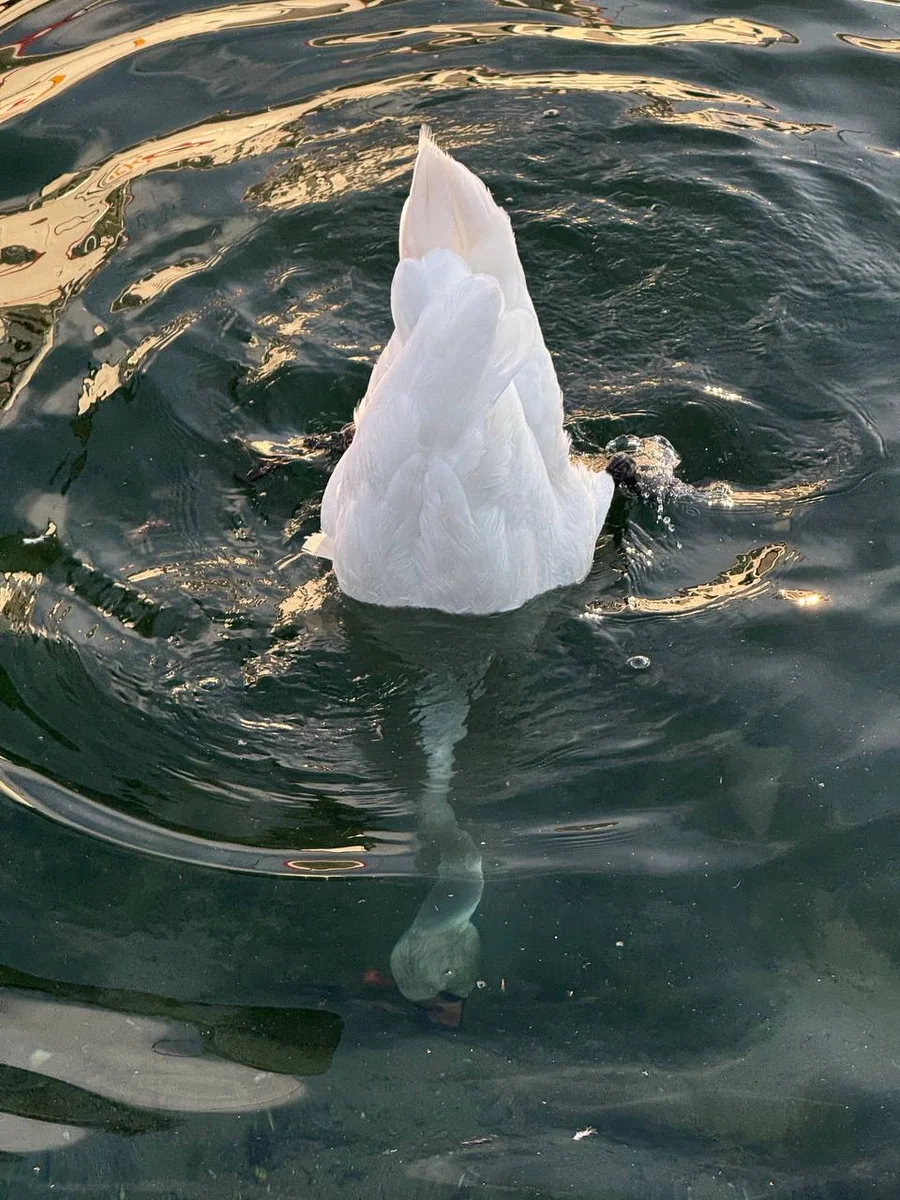
Zermatt and the Matterhorn
Zermatt is an alpine village in the canton of Valais, located in southern Switzerland. It lies at the foot of one of the most iconic mountain peaks — the Matterhorn (4,478 meters). The mountain has a sharply pyramidal shape with steep ridges, which made it one of the last major Alpine peaks to be climbed. From Zermatt, visitors can reach the Gornergrat viewing platform, offering one of the most breathtaking panoramas in Switzerland.
Key attractions:
- Matterhorn and Gornergrat. The Gornergrat Bahn railway takes passengers to an altitude of 3,089 meters, where a viewing platform offers panoramic views of the Matterhorn and 29 peaks over 4,000 meters, including Monte Rosa. A round-trip ticket costs 104 CHF (~$106), but with the Swiss Travel Pass, you receive a 50% discount (52 CHF). The Rotenboden station (2,815 m), just before the summit, is less crowded and offers equally stunning views. The Matterhorn is famously featured on the packaging of Toblerone chocolate, created in Switzerland in 1908.
- Old zermatt (Hinterdorf). A historic district with wooden chalets and barns from the 17th—18th centuries, built on stone stilts to protect against rodents. Free to explore, and its narrow streets retain a distinctly authentic alpine charm.
- Matterhorn museum. A small museum in the center of Zermatt focused on the history of alpinism and the first ascent of the Matterhorn in 1865. Entry costs 12 CHF, but is free with the Swiss Travel Pass.
- Mountaineers’ cemetery. A solemn landmark. As mentioned, the Matterhorn was one of the last major peaks to be conquered, and many who tried either remain in the eternal glaciers or are buried in this cemetery, adjacent to the Church of St. Mauritius, built in the 16th century.
Comfortable panoramic trains connect Zermatt with other towns every 30–60 minutes. The ride to Gornergrat is ticketed separately, but the Swiss Pass 50% discount makes it more affordable. Within Zermatt itself, transportation is limited to walking, electric vehicles, or horse-drawn carriages, as gasoline-powered cars are prohibited.
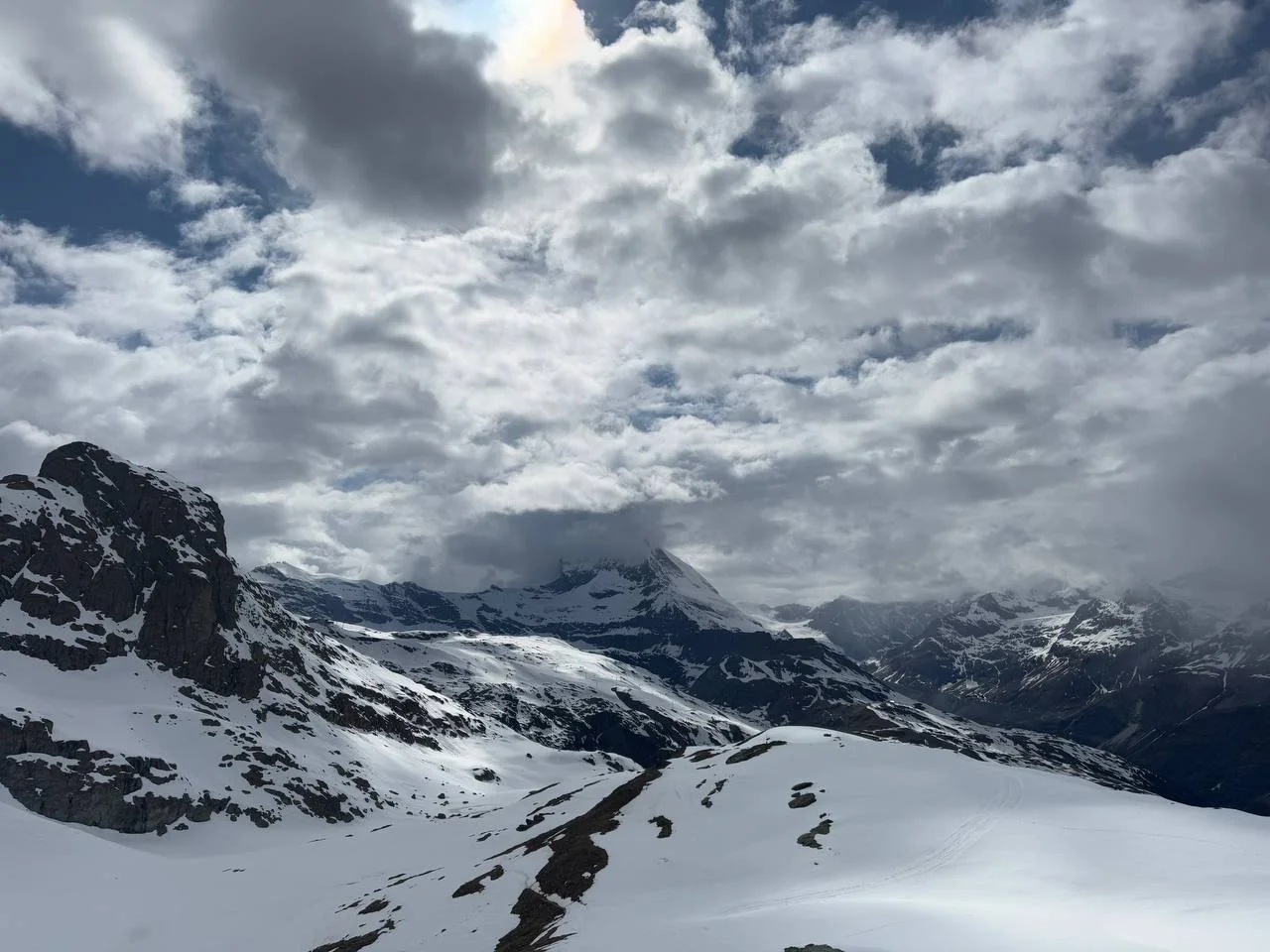
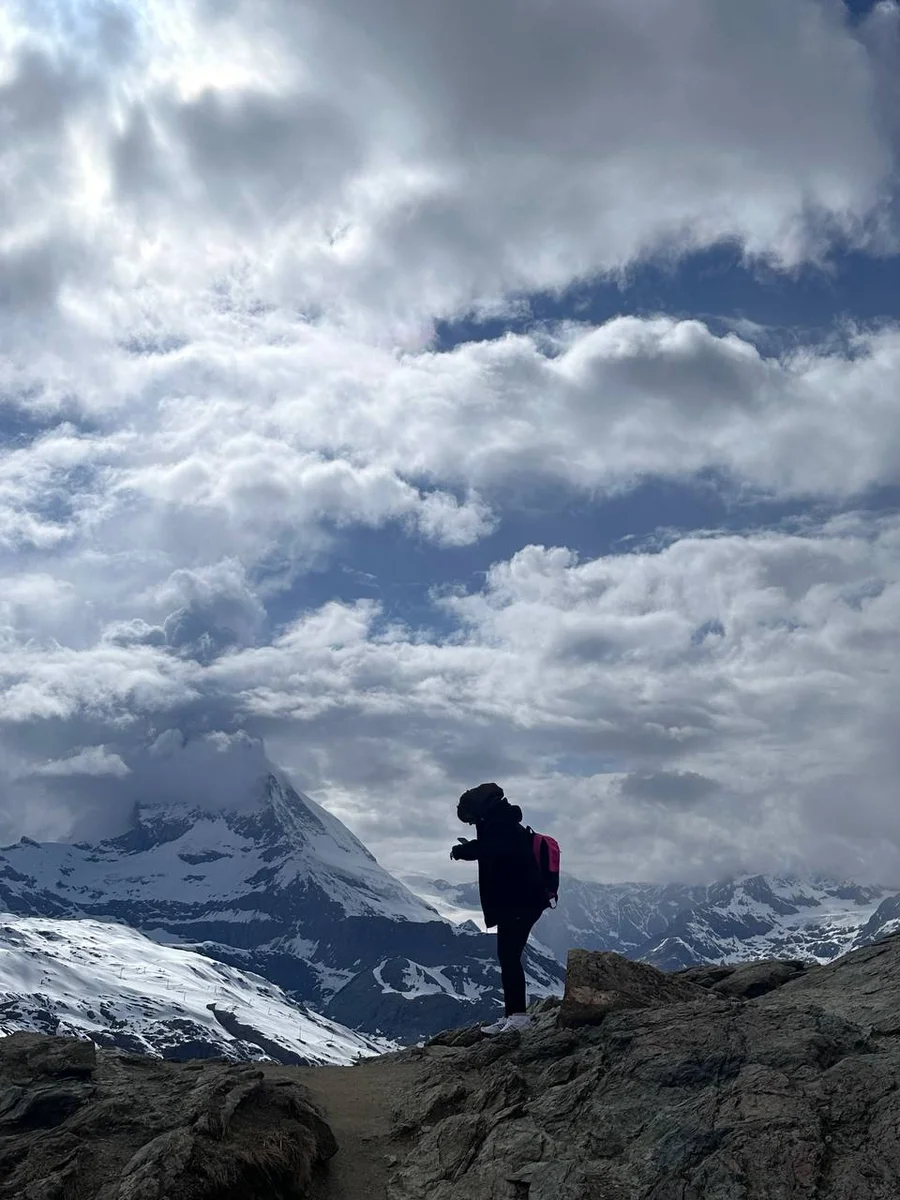
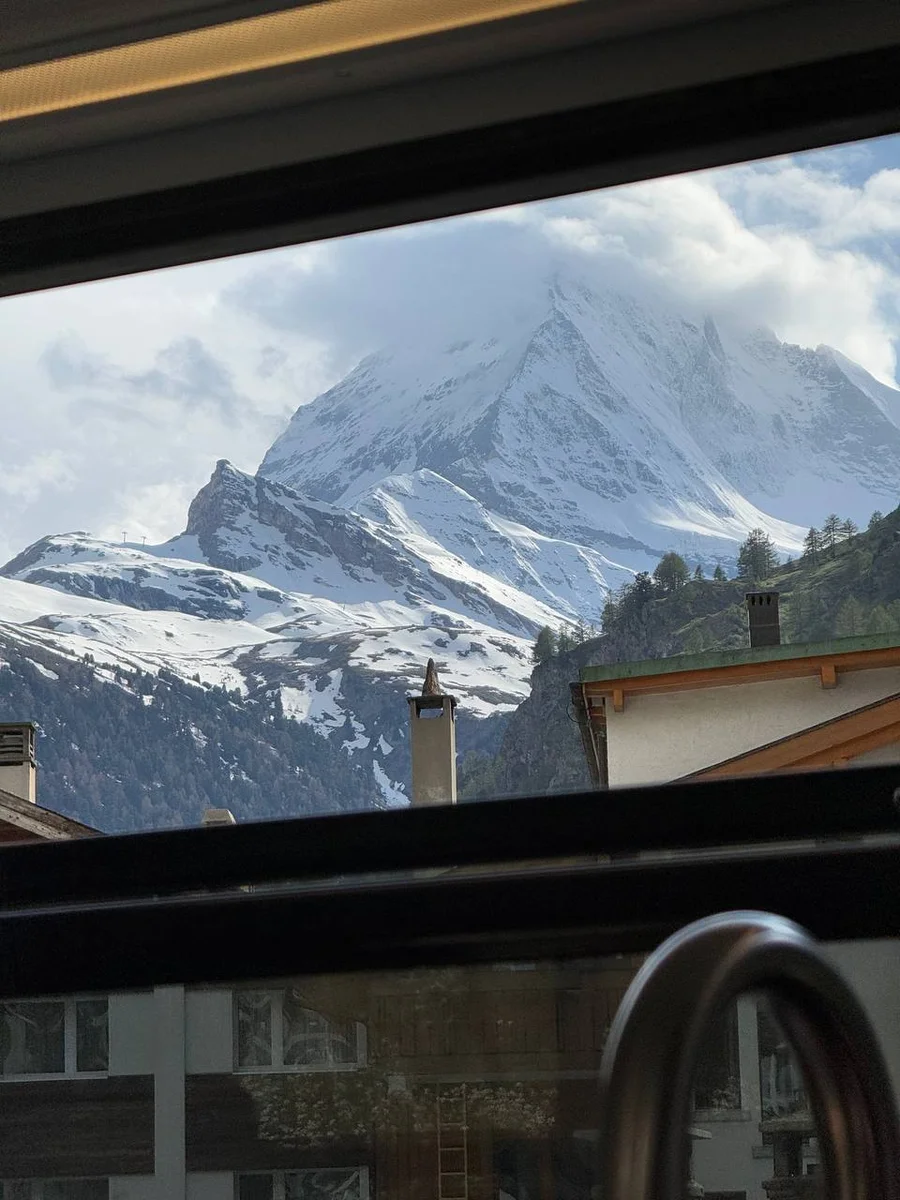
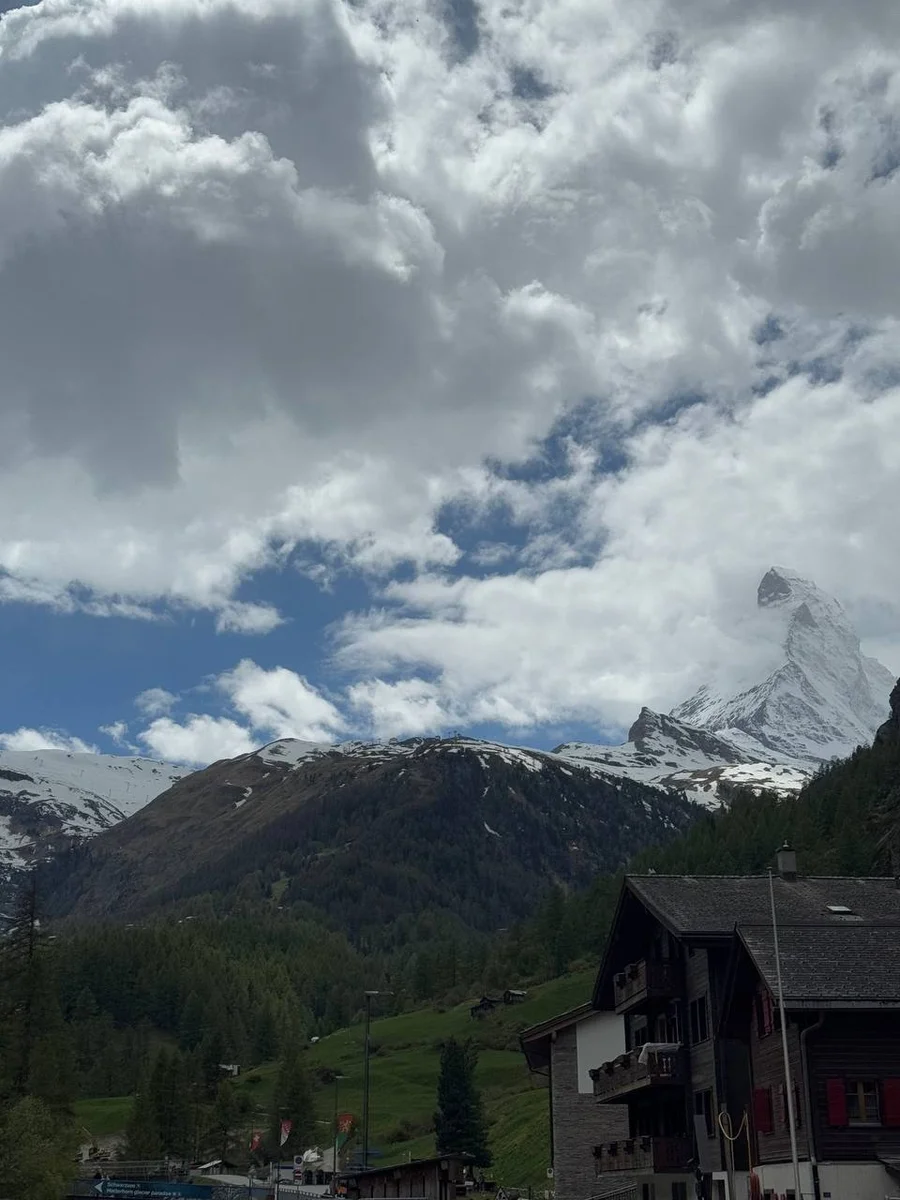
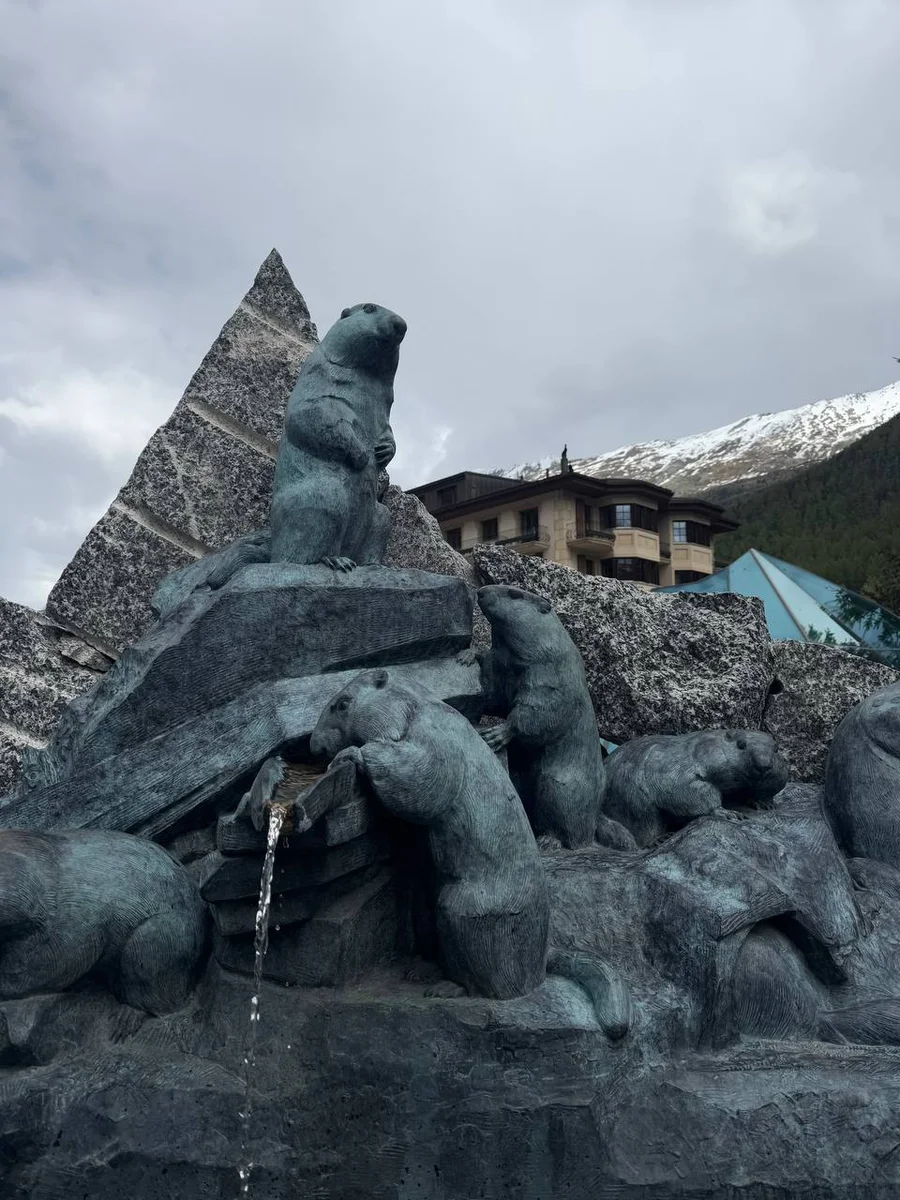
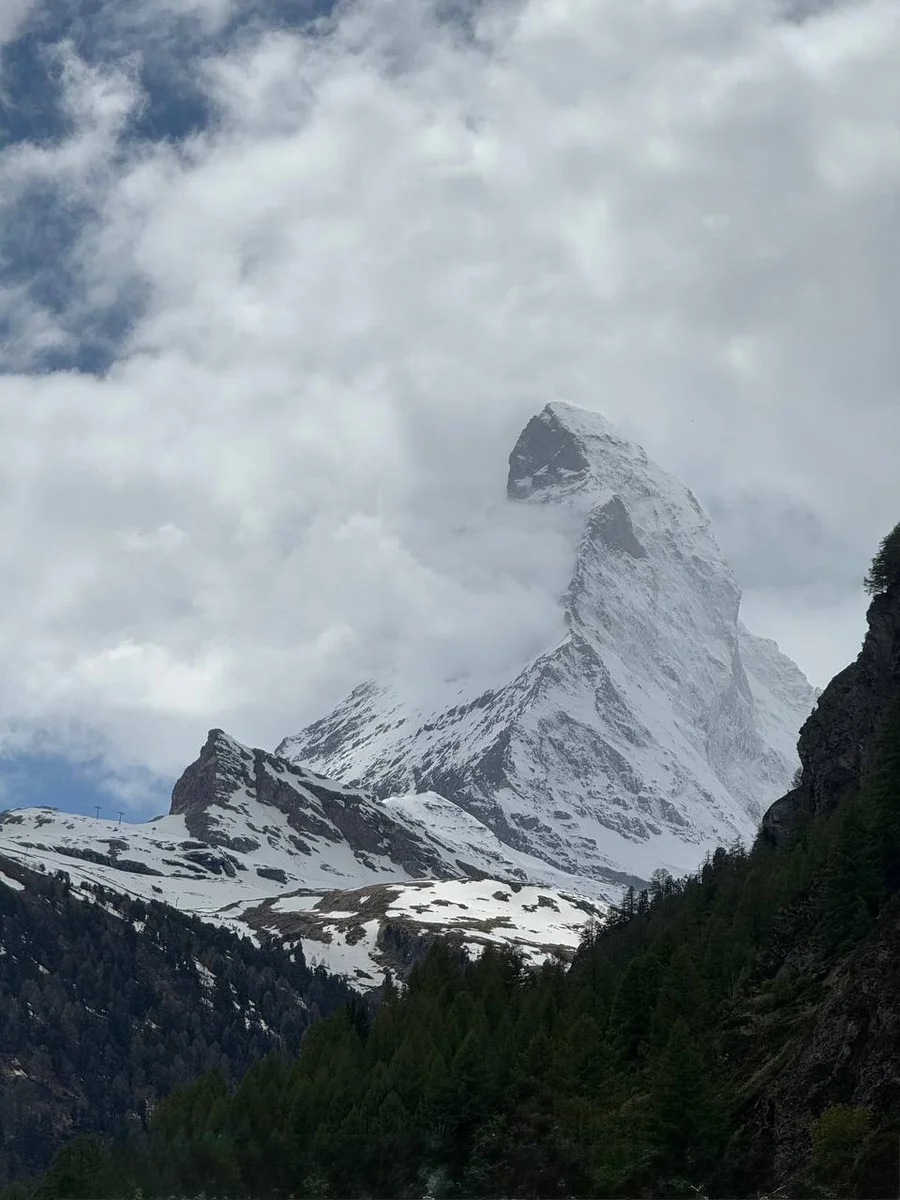
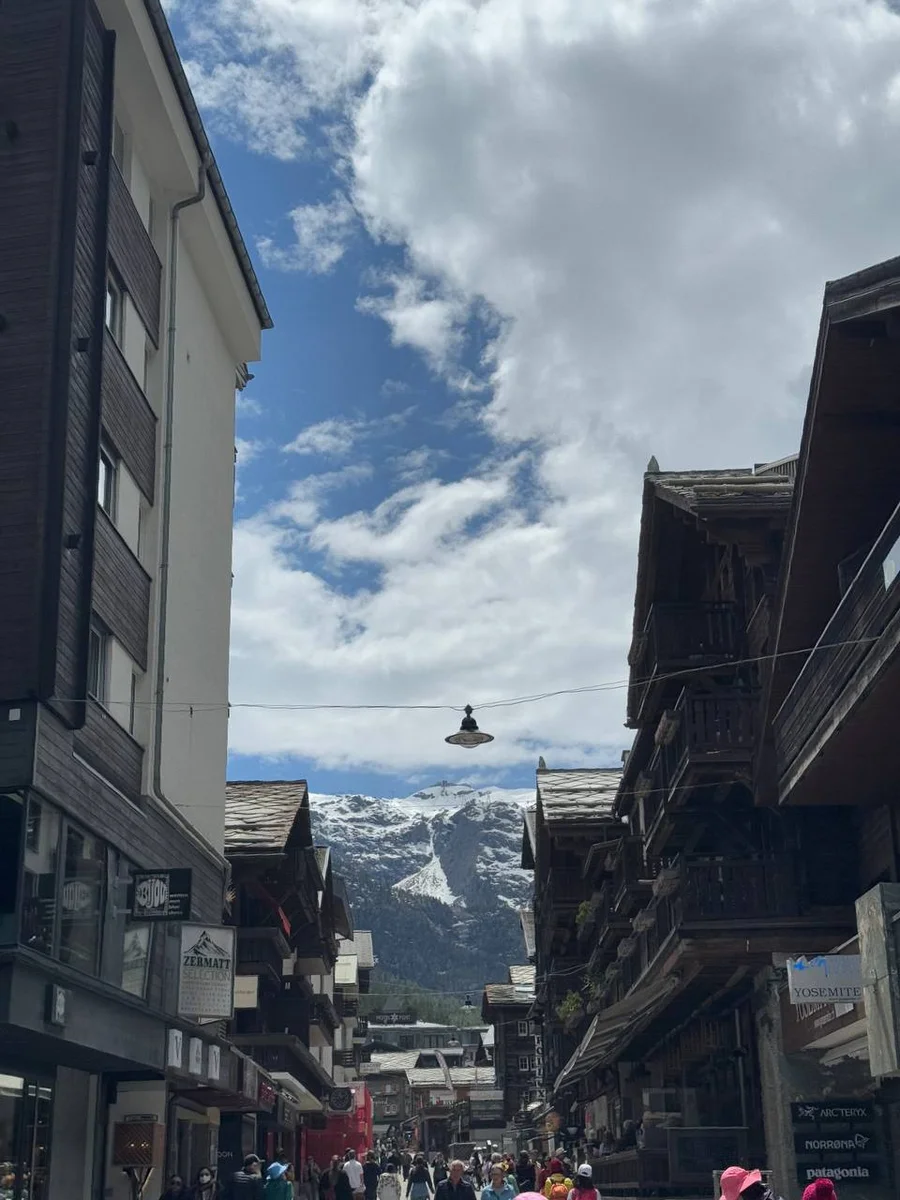
Lake Oeschinen
Lake Oeschinen (Oeschinensee) is located in the Bernese Alps near the town of Kandersteg, in the canton of Bern. It is considered one of the most picturesque mountain lakes in Switzerland. Situated at an altitude of 1500 meters above sea level, the lake is surrounded by sheer cliffs, coniferous forests, and snow-capped peaks, including the Blüemlisalp mountain (3661 m). Fed by glacial meltwater, the lake is exceptionally clear and pure, though the water is not well suited for direct consumption. The shores are ideal for picnics and photography, and in summer the water can warm up to 20 °C, making it suitable for swimming.
Key attractions:
- Hiking trails. Two main trails start from the upper station of the funicular. A gentle trail (1–1.5 hours) leads down to the lake along a forested path. A more demanding route (2–3 hours) ascends to the ridge above the lake, offering panoramic views of the Kandersteg valley. With some luck, hikers may spot Alpine ibexes (Capra ibex), native to the area.
- Oeschinen funicular. The cable car connects Kandersteg to the lake in just 5 minutes, climbing 400 meters in elevation. A round-trip ticket costs 34 CHF (approximately USD 34.70). Holders of the Swiss Travel Pass receive a 50% discount, reducing the fare to 17 CHF.
- Kandersteg village. On the way to the lake, the road passes through this Alpine village known for its traditional wooden chalets and mountain views. The local landmark is the Church of St. Mary (16th century), which features Gothic frescoes and offers free admission.
With the Swiss Travel Pass, you can reach the lake from Zermatt (2.5 hours), Lucerne (2 hours), or Zurich (~2.5 hours) by train to Kandersteg station. Trains run every hour. From Kandersteg station, it’s a 10–15 minute walk to the funicular, following signposts through the village; buses (free with the Swiss Pass) are available but run less frequently. The funicular ticket must be purchased separately, but the Swiss Pass grants a 50% discount on the fare.

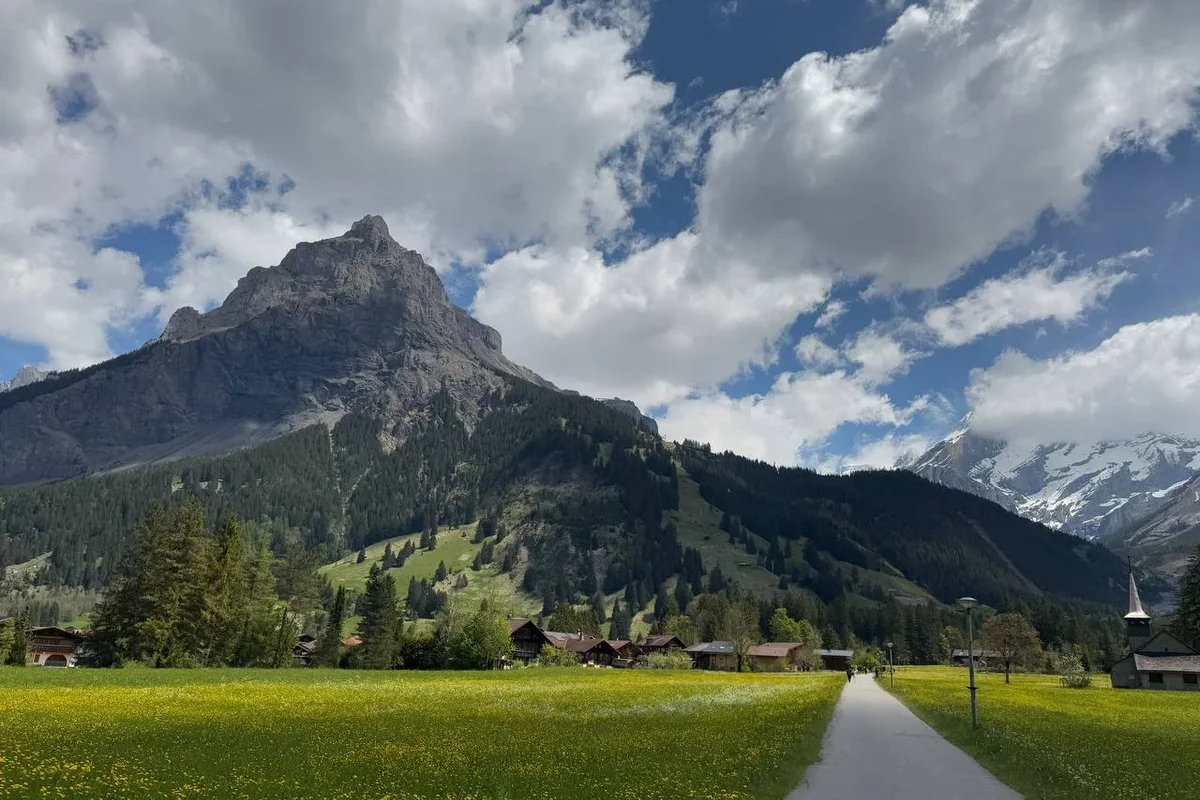
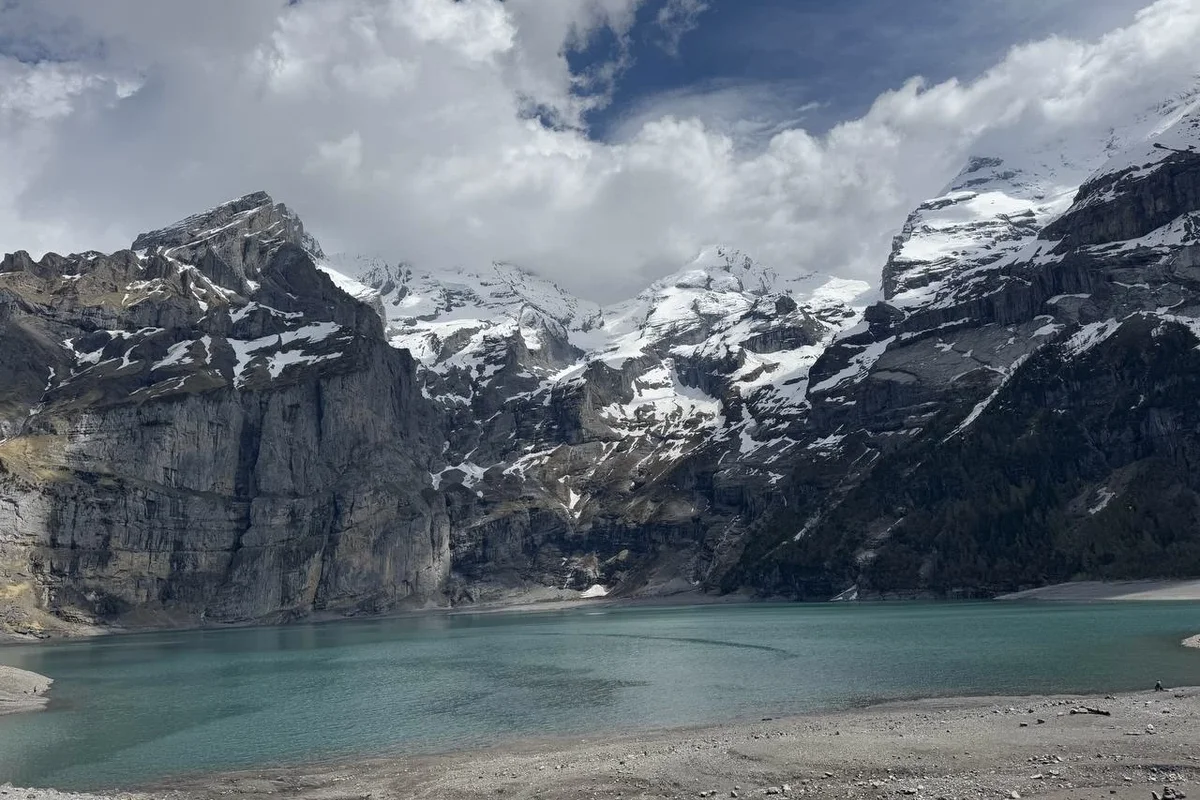
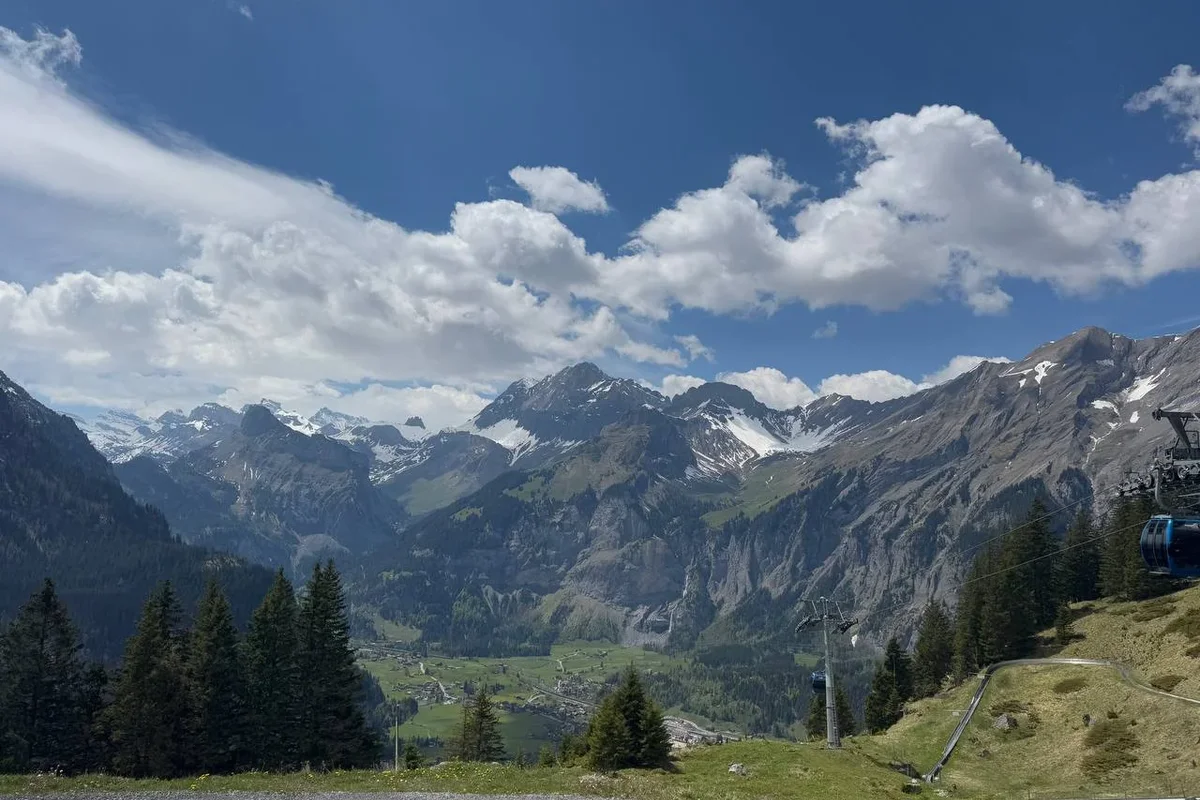
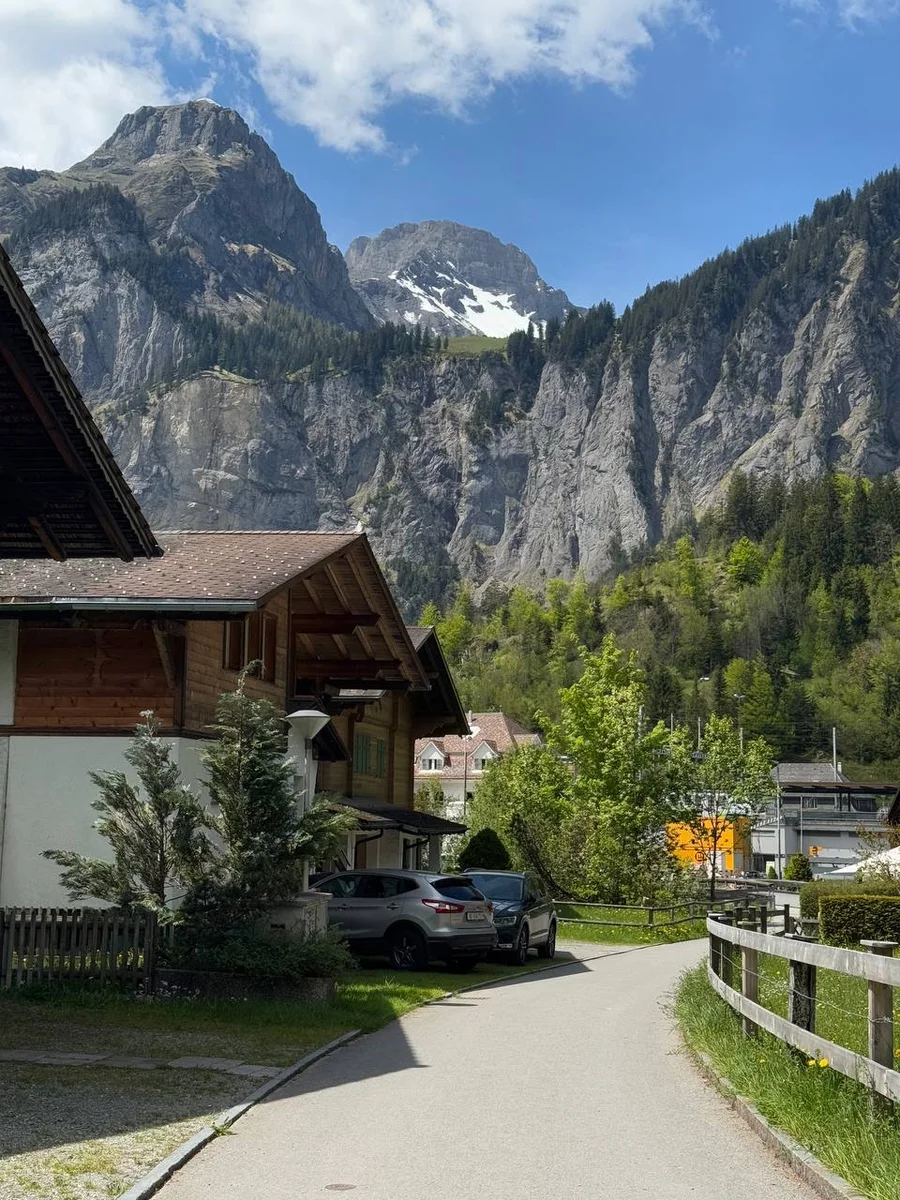

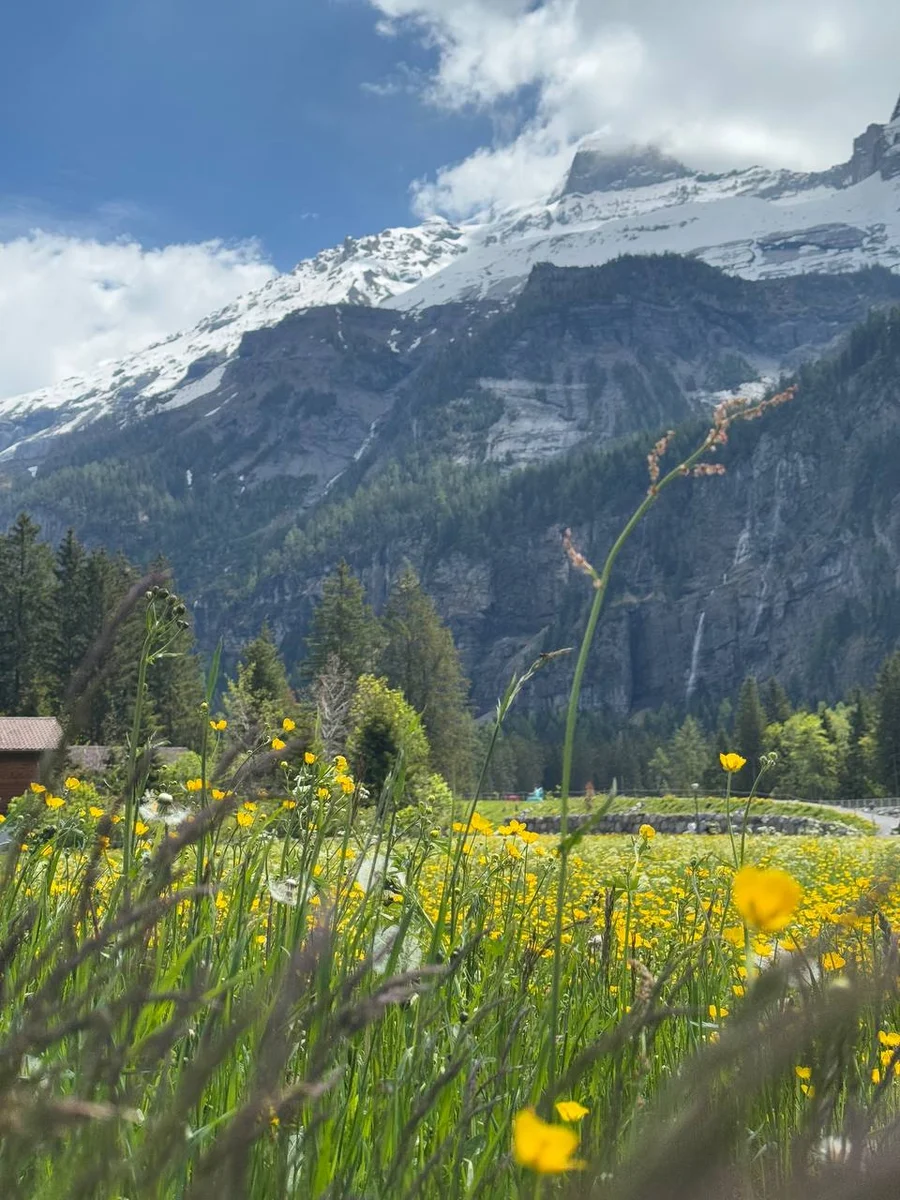
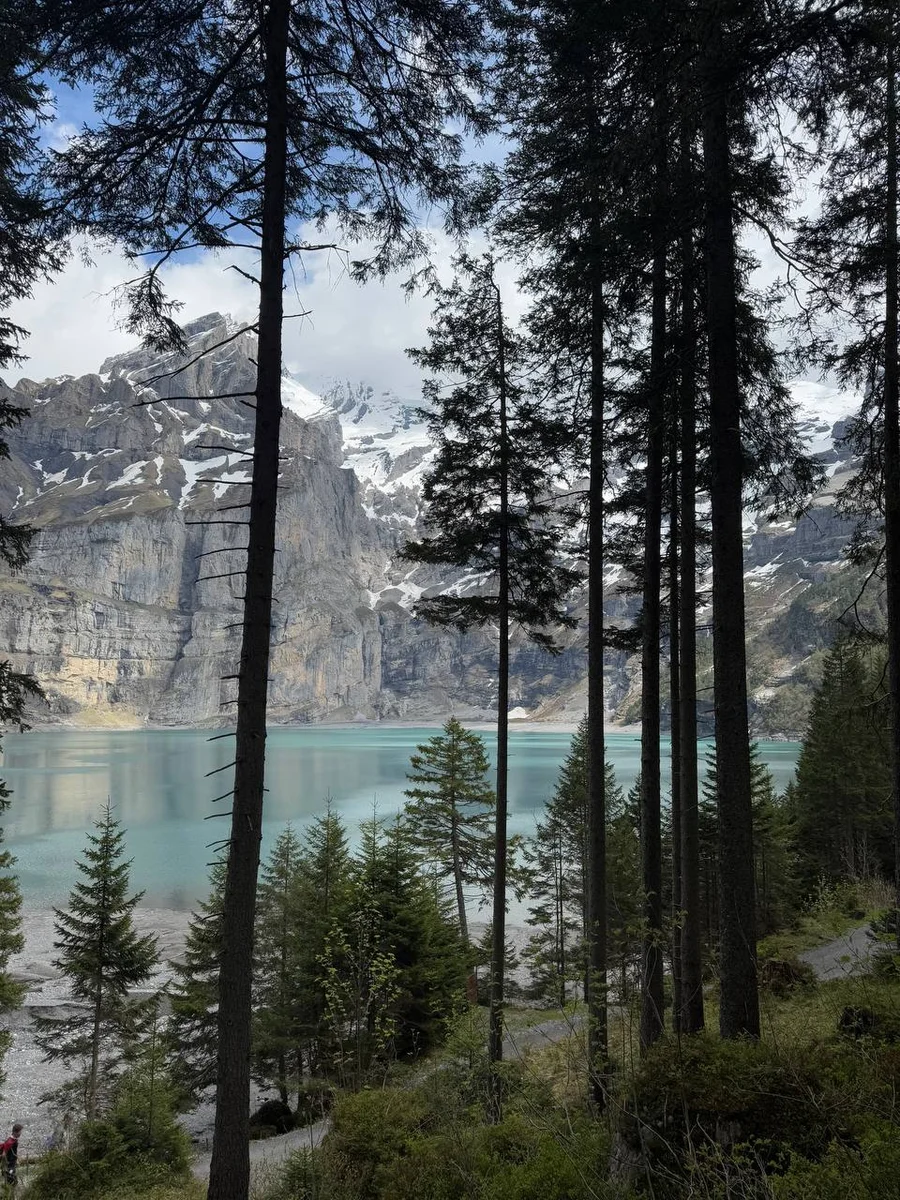


Mount Rigi
Mount Rigi rises to 1,798 meters in central Switzerland, nestled between Lake Lucerne and Lake Zug. It is renowned for its panoramic views of the Alps, surrounding lakes, and valleys, as well as for its relatively accessible hiking trails. Thanks to its proximity to Lucerne, Rigi is an ideal destination for experiencing the Alpine landscape and the rural charm of Switzerland.
Key attractions:
- Rigi Kulm viewpoint. From the summit of the mountain, visitors can enjoy sweeping vistas of dozens of Alpine peaks. At the top, there is a restaurant and an information center. Access to the viewpoint is free of charge.
- Rigi Express cogwheel railway. The cogwheel trains depart from Arth-Goldau or Vitznau and ascend through alpine meadows and past traditional farms where cows graze. A round-trip ticket costs around 60 CHF (approximately USD 61.20), but the ride is free with a Swiss Travel Pass.
- Hiking trails. Several well-marked trails begin at Rigi Kulm, ranging in difficulty and length (1 to 3 hours). The popular Rigi Panorama Trail (6 km, ~2 hours) runs across alpine pastures with continuous views of the mountains. The trails are suitable for all age groups and are clearly signposted.
- Stoos funicular. In the nearby village of Stoos (canton of Schwyz) lies the steepest funicular railway in the world, with a gradient of up to 47.7°. It ascends to the mountain village at 1,300 meters, offering views of Lake Lucerne. The full ticket price is around 30 CHF, but the ride is free with a Swiss Travel Pass.
- Alpine farms. Along the way to Mount Rigi, you’ll encounter traditional Swiss farms where cows with large bell collars graze — straight out of a chocolate commercial. Many farms offer tastings of locally produced cheeses and dairy products.
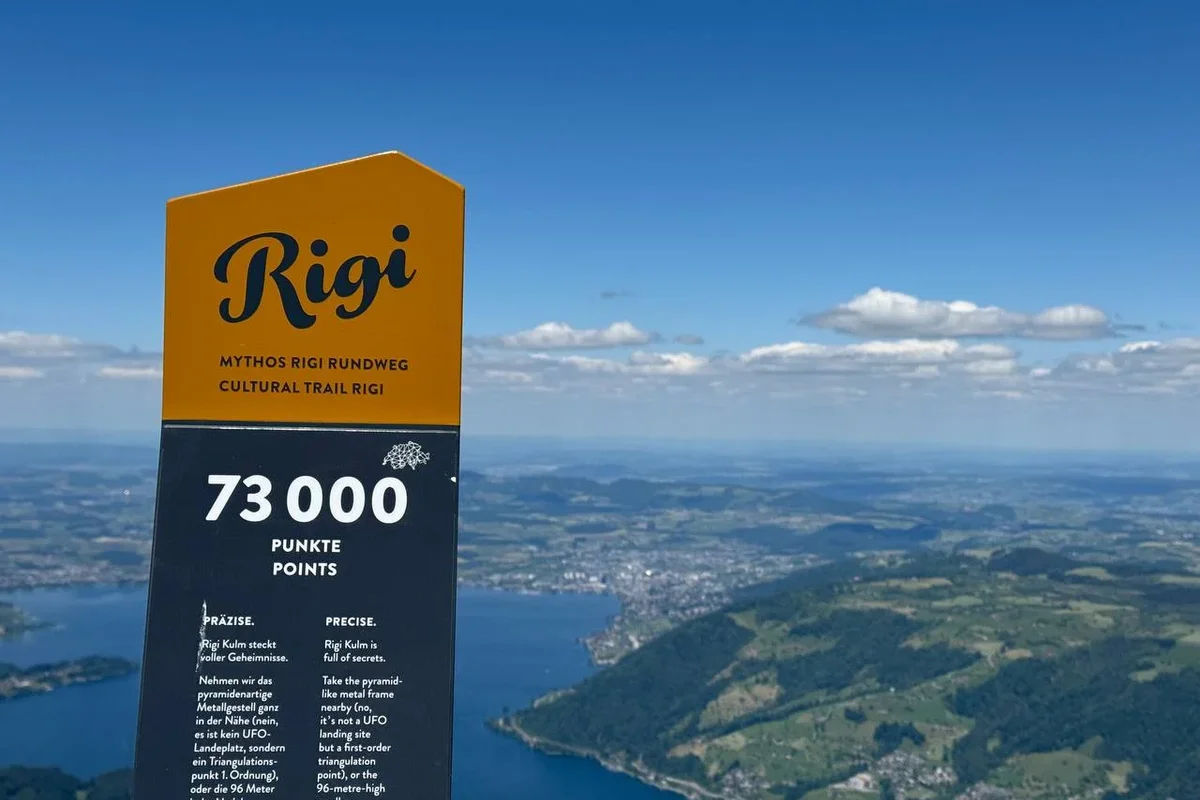
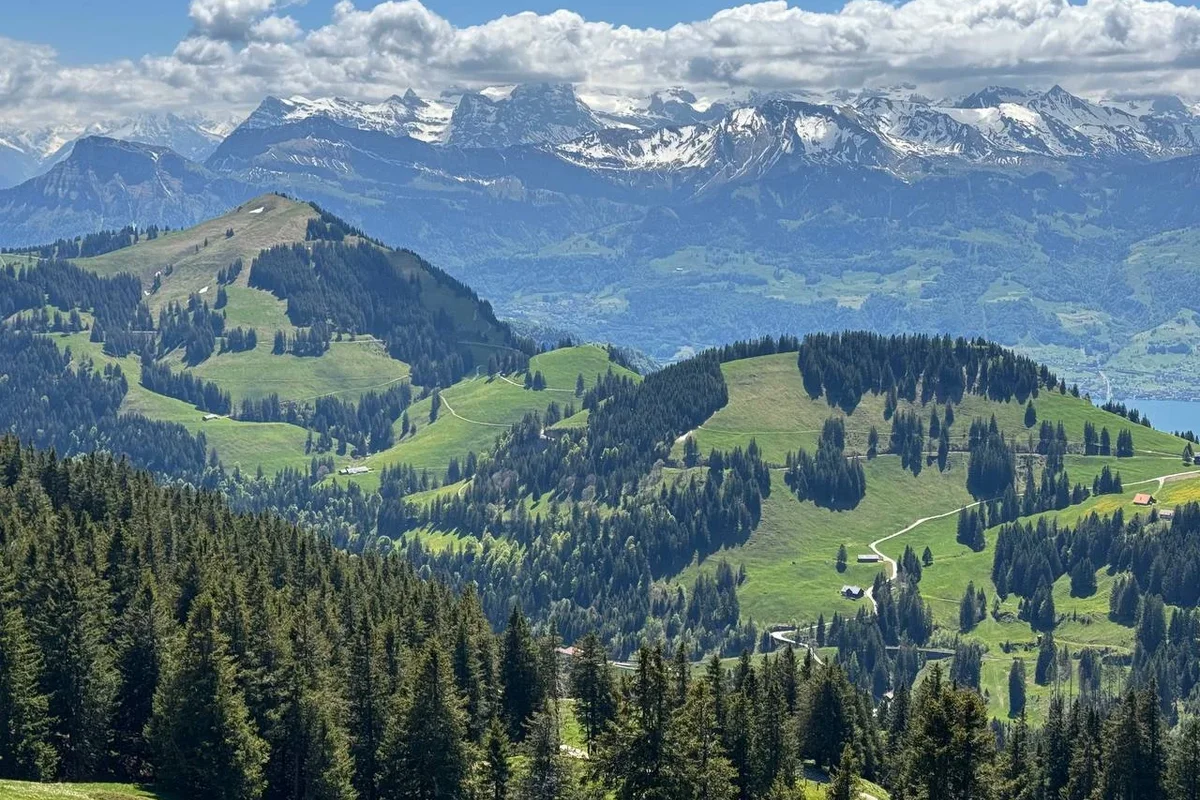
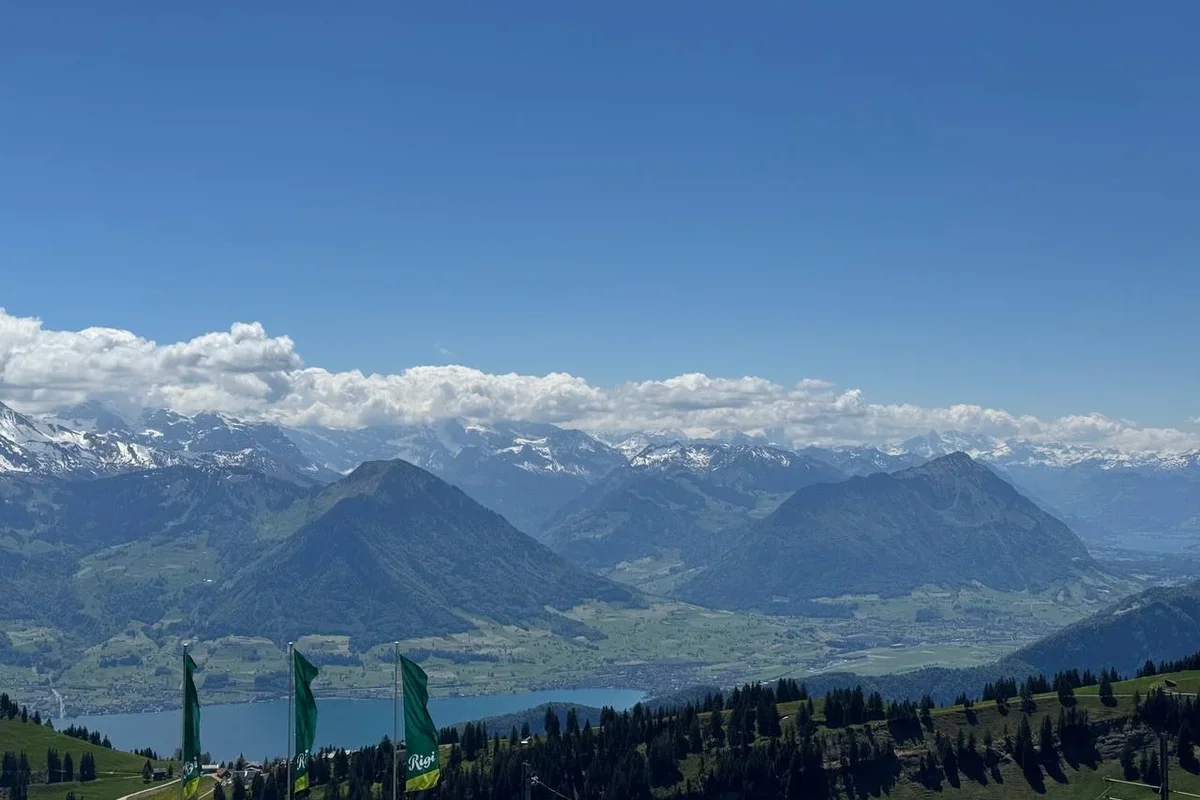
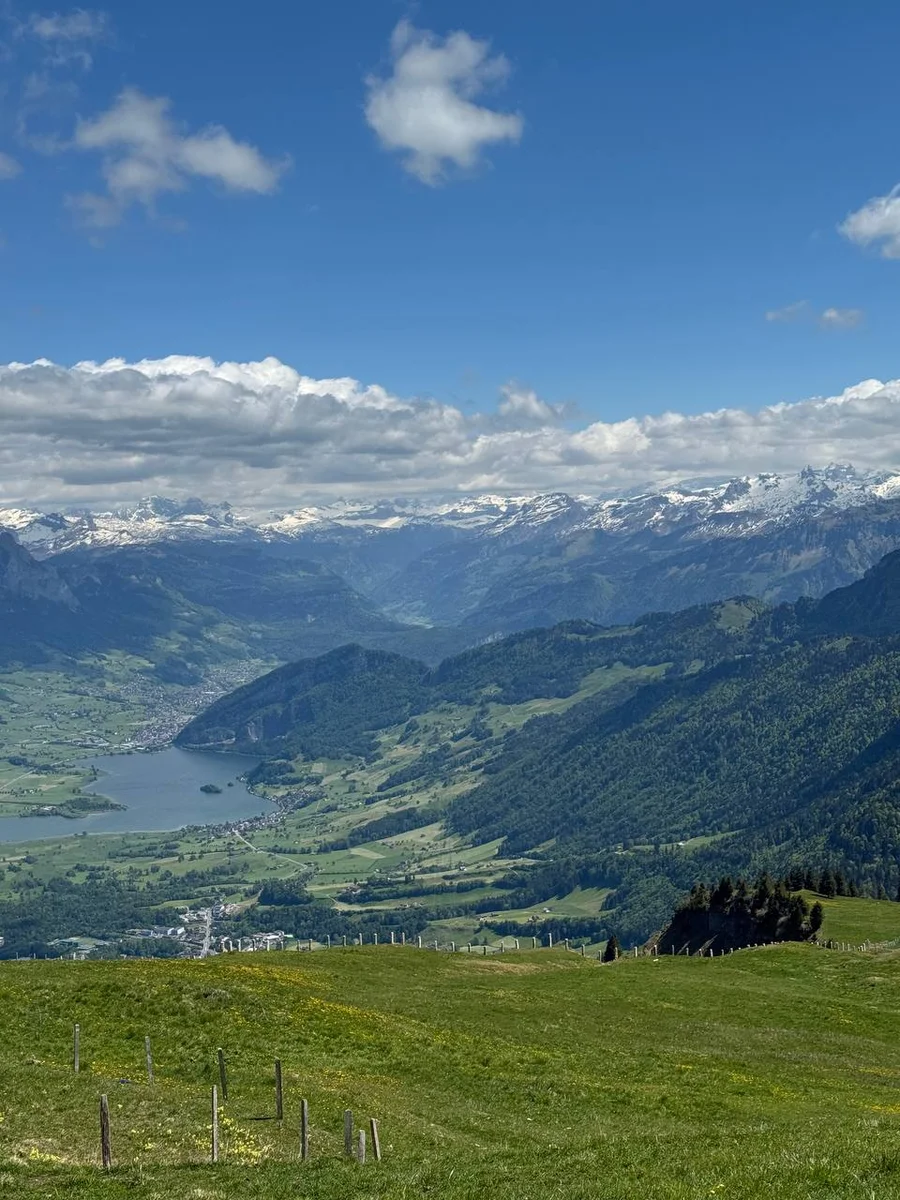
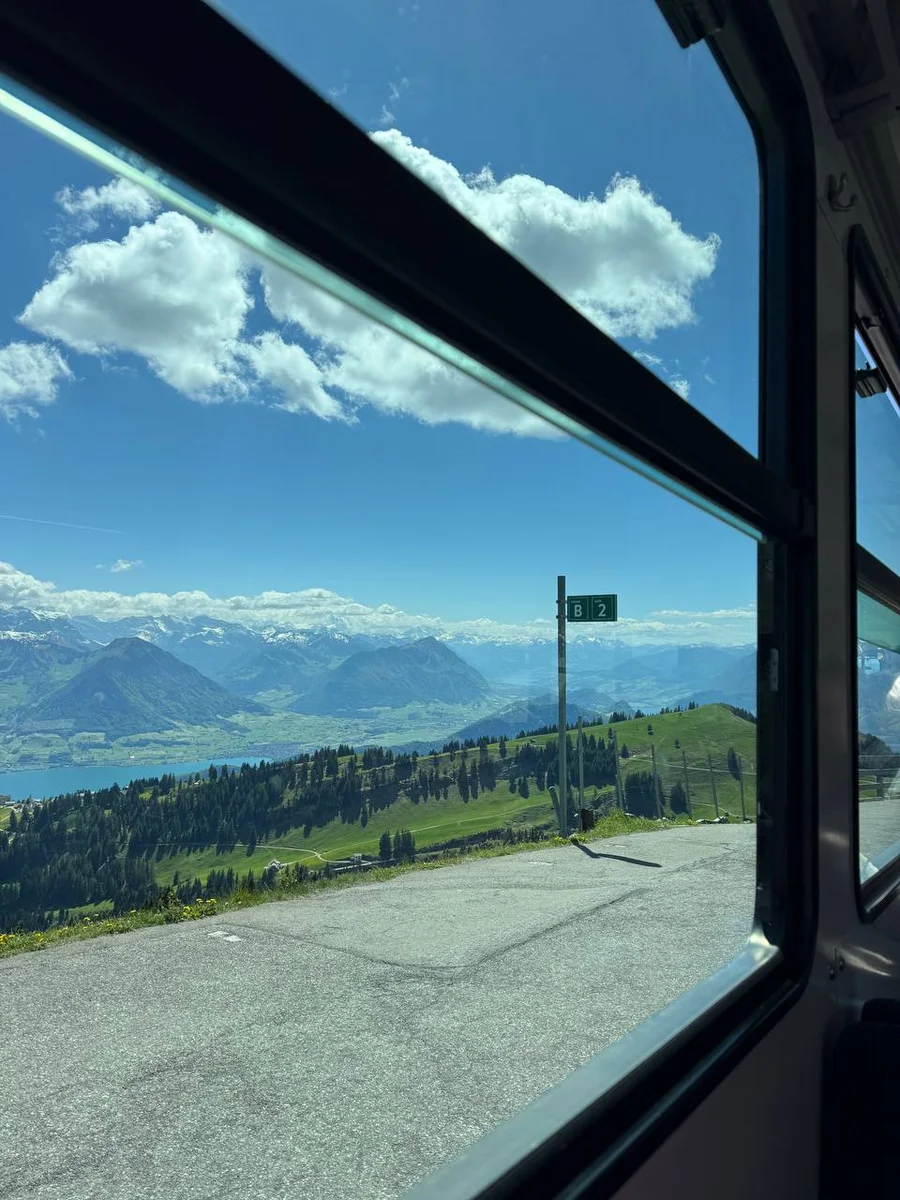
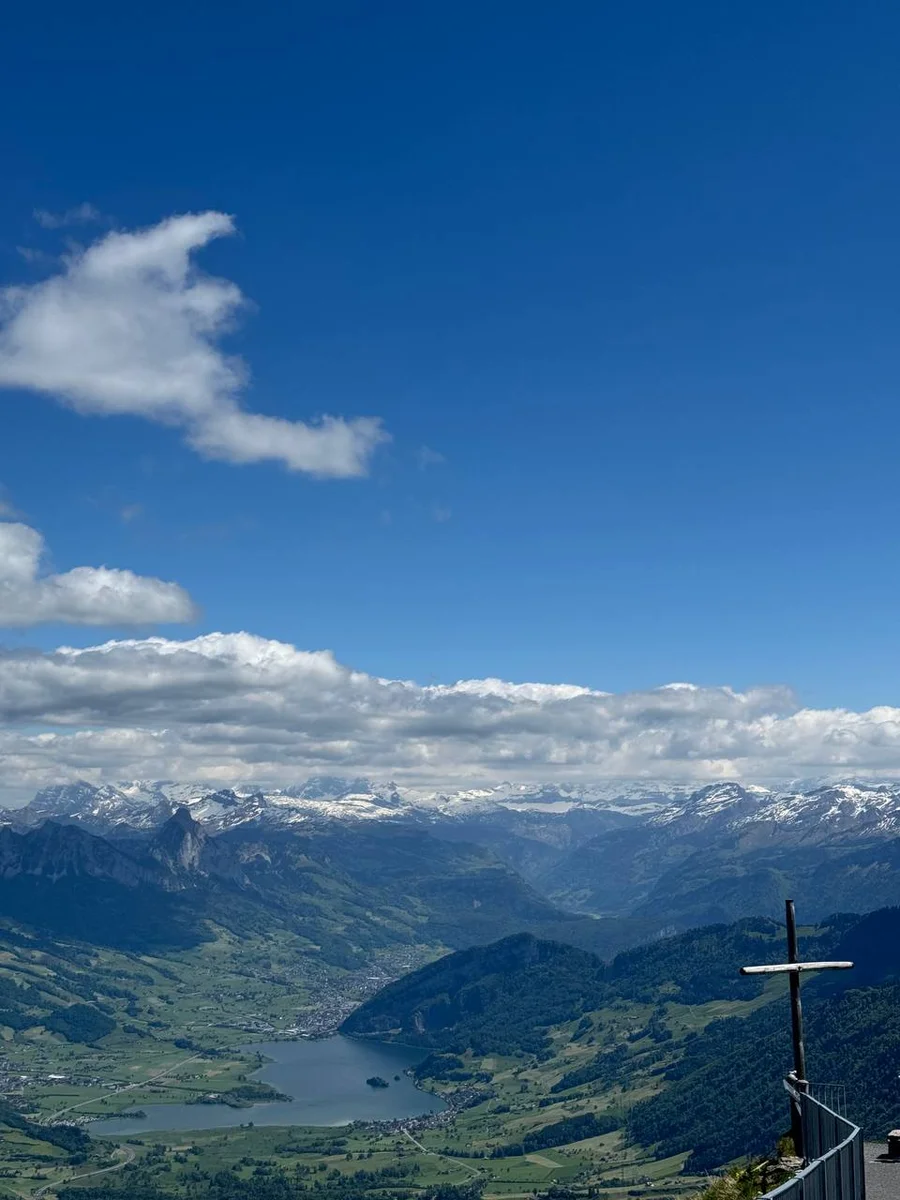
Geneva
Geneva is located in southwestern Switzerland on the shores of Lake Geneva (Lac Léman). Often referred to as the cultural and diplomatic capital of the country, the city borders France, which lends it a near-Parisian atmosphere and a predominantly French-speaking population. With its mix of historical landmarks, international institutions, and lakeside vineyards, Geneva offers a contrast to business-oriented Zurich yet remains equally compelling.
Key attractions:
- Jet d’Eau fountain. Geneva’s iconic landmark, this water jet shoots up to 140 meters high from the lakefront. It operates from March to October, depending on weather conditions. Viewing is free of charge. In the evening, the illuminated fountain creates a dramatic visual display.
- Flower clock (L’Horloge Fleurie). A unique floral installation located in the English Garden (Jardin Anglais), created in 1955. Measuring 5 meters in diameter and composed of approximately 6,500 flowers, it symbolizes Switzerland’s watchmaking heritage. Free to visit.
- Palace of Nations (UN Headquarters). Built in 1938, the Palace is home to the United Nations Office at Geneva and symbolizes the city’s status as a hub of international diplomacy. Guided tours (1 hour) cost 18 CHF (~USD 18.40), or 9 CHF with a Swiss Travel Pass (50% discount). Tours include access to the Assembly Hall and Ariana Park.
- Broken chair. A 12-meter-high sculpture opposite the Palace of Nations, erected in 1997 as a protest symbol against anti-personnel landmines.
- Lavaux vineyards. Located between Geneva and Lausanne, this UNESCO-listed region is famed for its terraced vineyards. Wine tasting, particularly of the local white Chasselas variety, is available at estates such as Domaine Croix Duplex for about 10 CHF per glass.
Cafés along the lakeside are relatively expensive (coffee ~6—7 CHF); for budget-friendly options, try local bakeries like Pouly, where a croissant costs about 3 CHF. A passport is required to visit the UN, so booking in advance is recommended. The best time to visit the Lavaux vineyards is during the harvest season in late summer and early autumn (September—October).
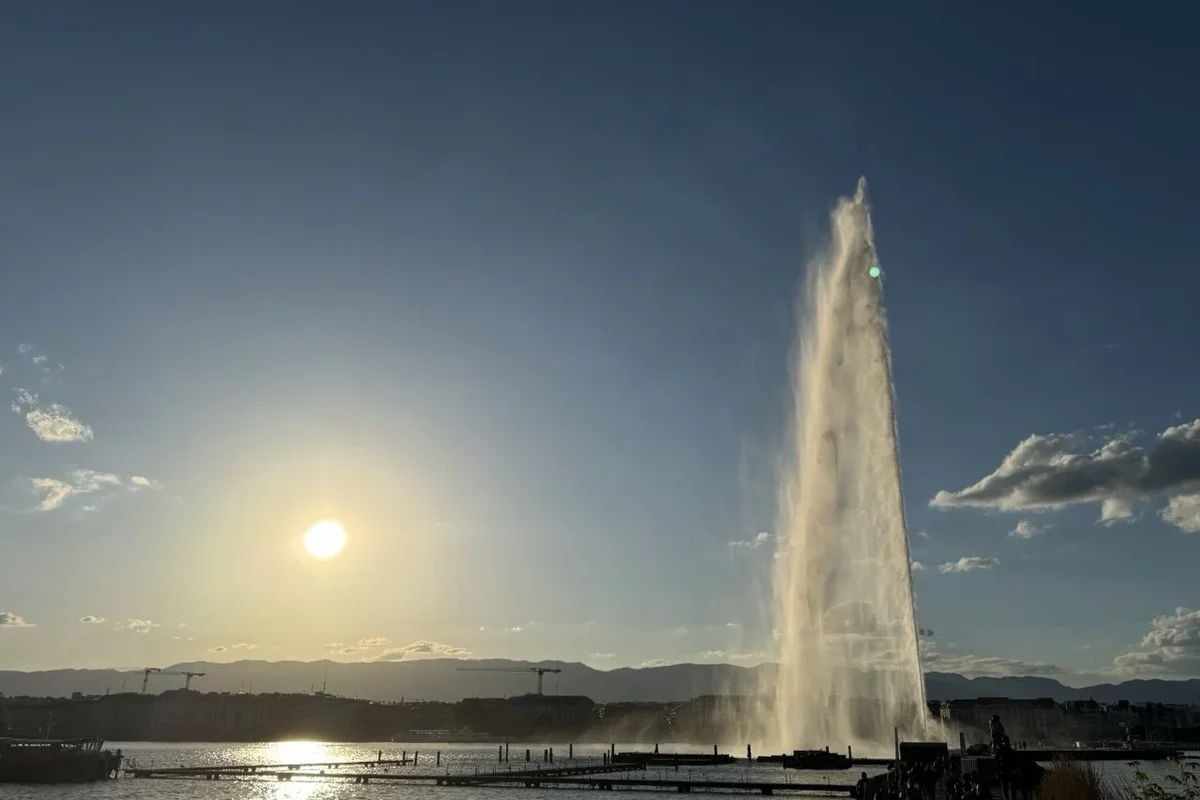
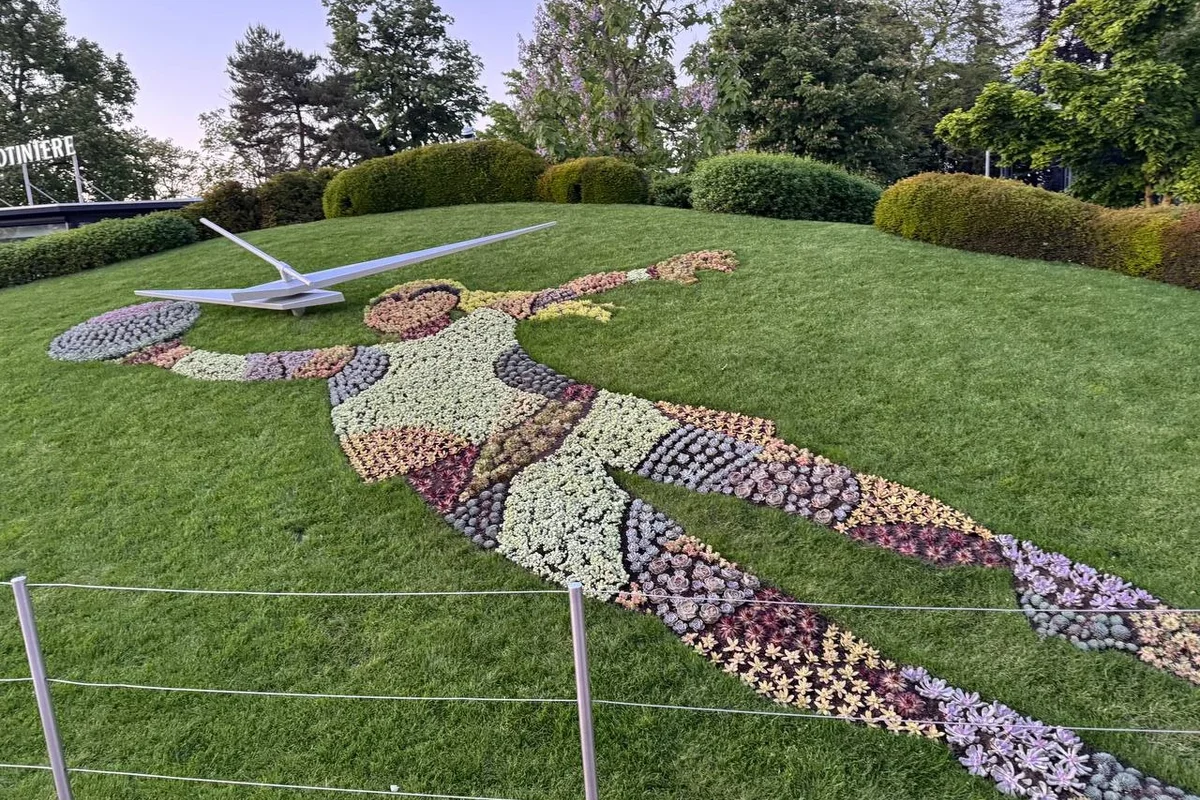
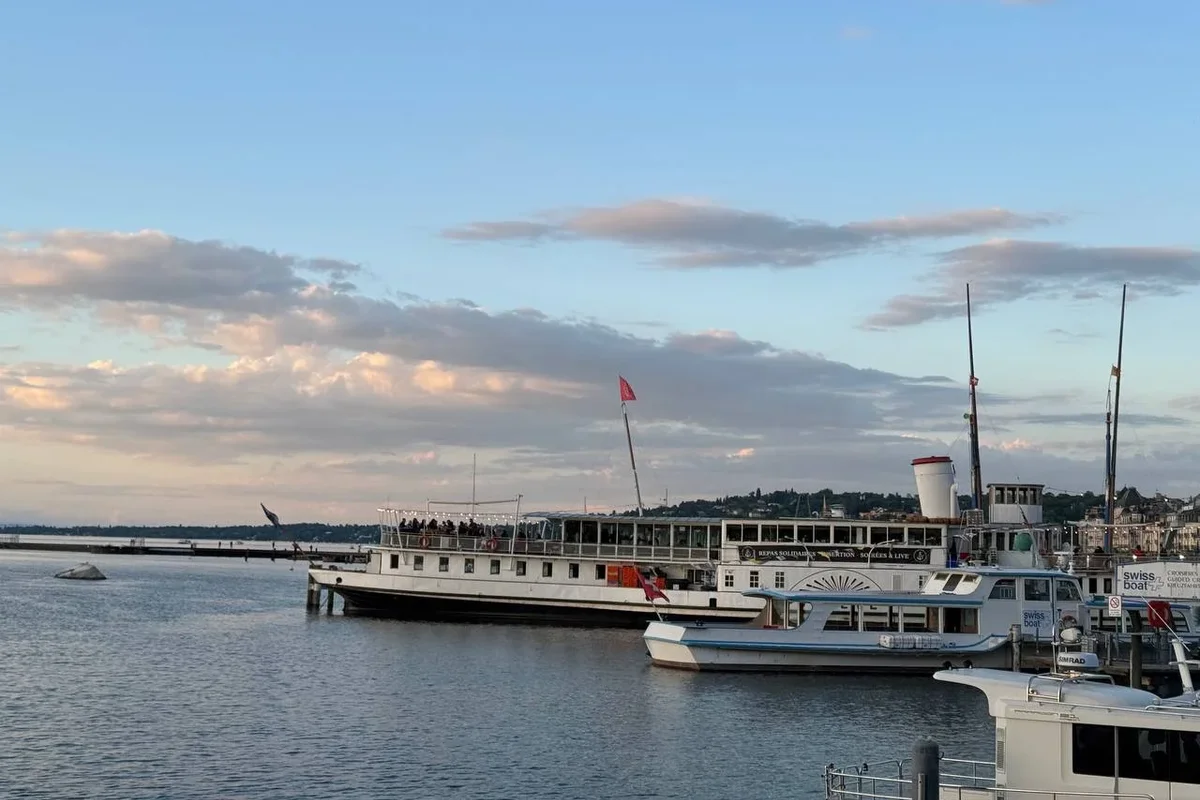
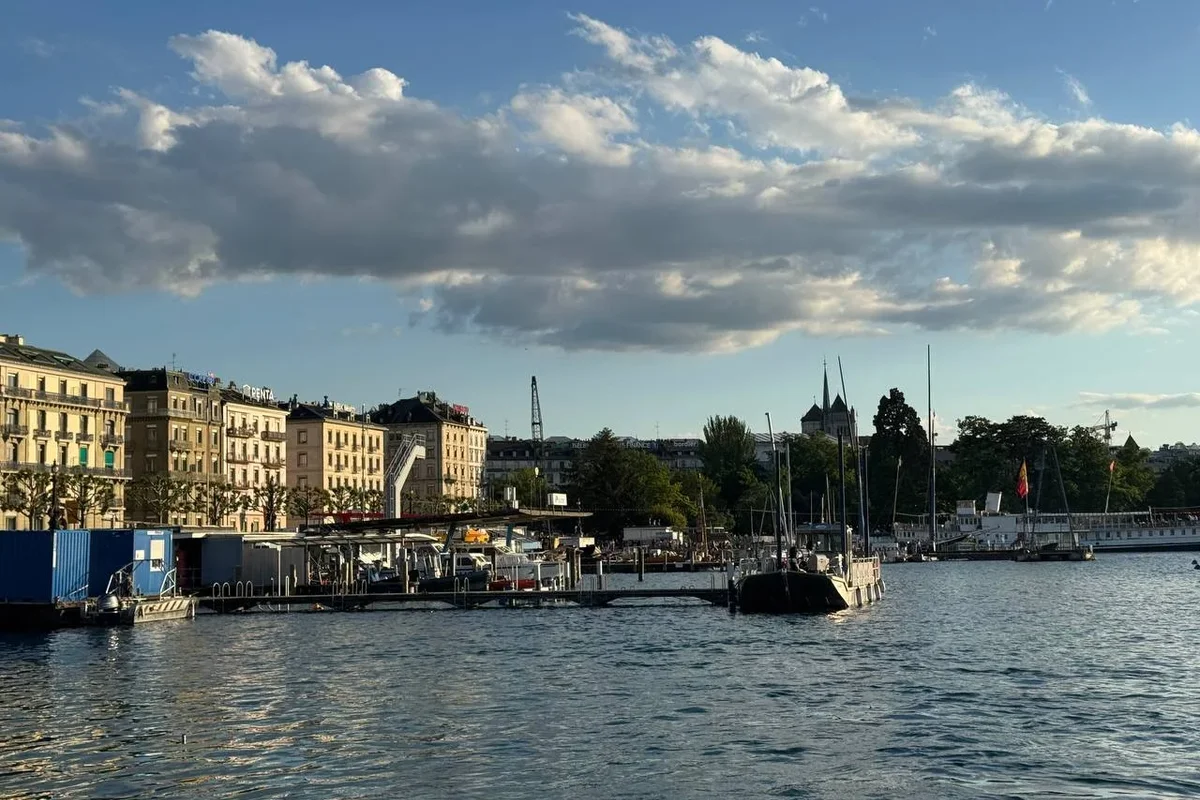
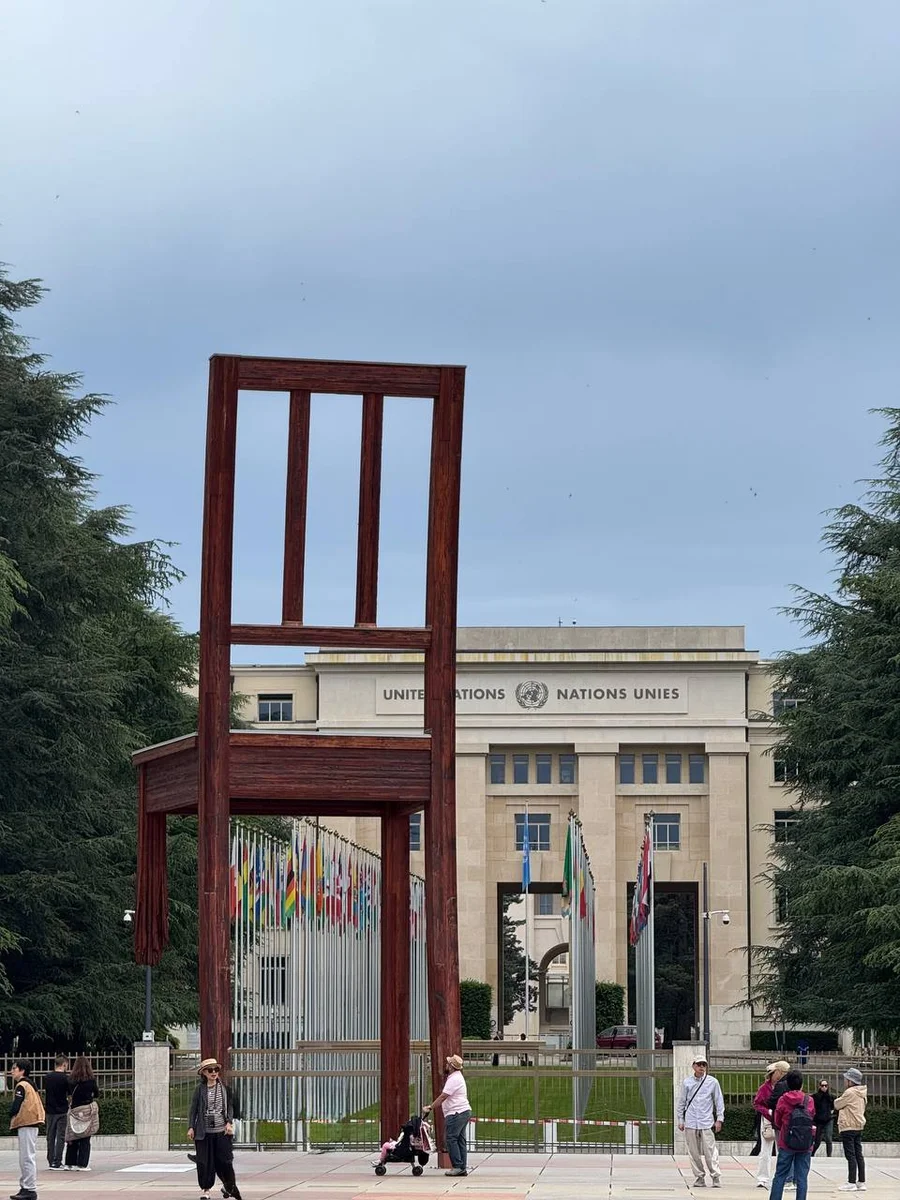
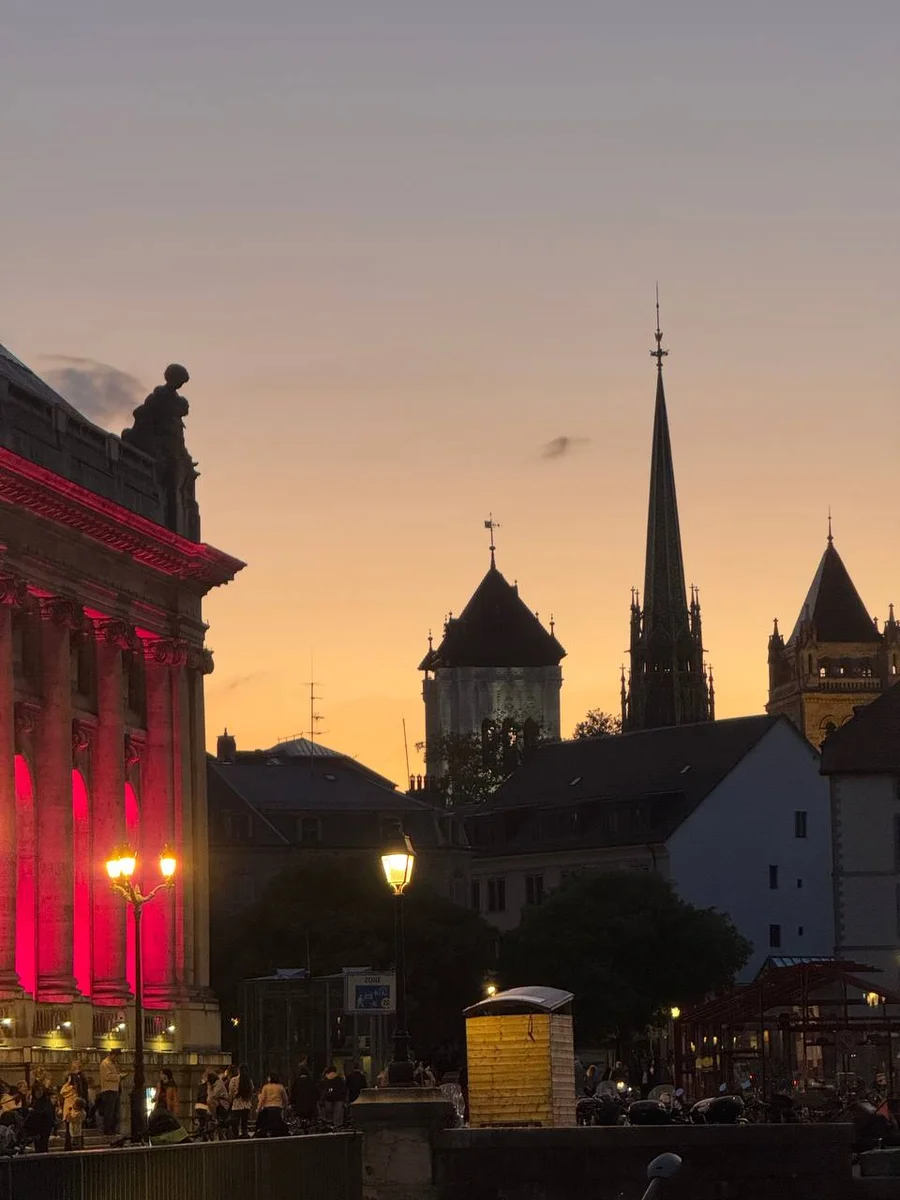
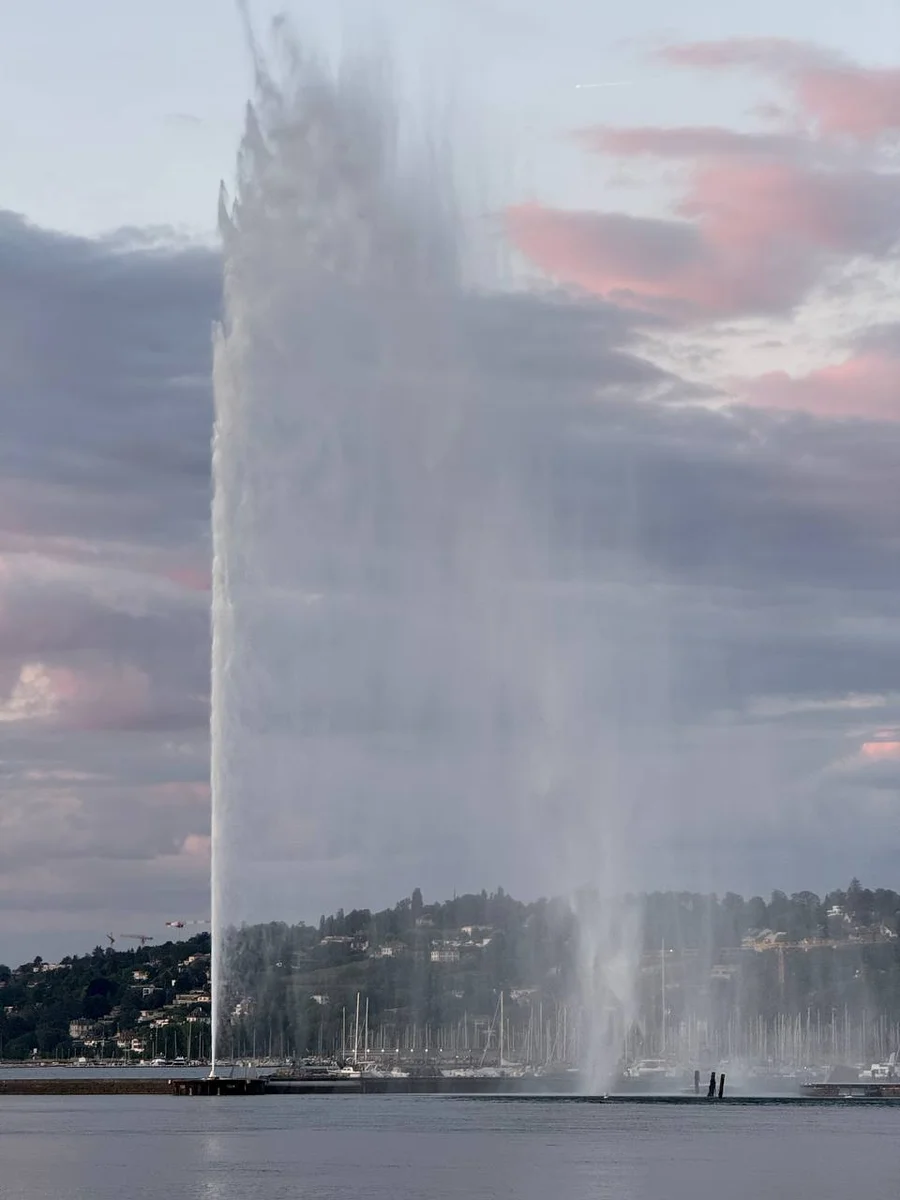
Where to Eat in Switzerland
Food in Switzerland is relatively expensive: a coffee at a café costs 5–7 francs ($5.10—$7.14), and lunch at a restaurant ranges from 20 to 40 francs ($20.40—$40.80). In Zurich, the Confiserie Sprüngli bakery on Bahnhofstrasse offers sandwiches for 6–8 francs ($6.12—$8.16), while food stalls along Limmatquai sell sausages for 8 francs ($8.16). Migros sells salads for 4–6 francs ($4.08—$6.12).
In Lucerne, Café de Ville on the promenade serves croissants for 3–4 francs ($3.06—$4.08), and Wirtshaus Taube offers fondue for 25–30 francs ($25.50—$30.60). In Zermatt, Gornergrat Kulm on the Gornergrat serves soup for 8–12 francs ($8.16—$12.24), and Café du Pont in the village offers rösti for 15–20 francs ($15.30—$20.40).
Geneva delights visitors with Mövenpick ice cream at Café du Centre for 6–8 francs ($6.12—$8.16), and Le Cheval Blanc in Carouge serves wine for 8–12 francs ($8.16—$12.24). In Lauterbrunnen, Hotel Oberland offers soup for 8–10 francs ($8.16—$10.20), and in Montreux, Le Palais Oriental serves desserts for 6–8 francs ($6.12—$8.16). Migros and Coop help save money, especially with discounts after 6 p.m.
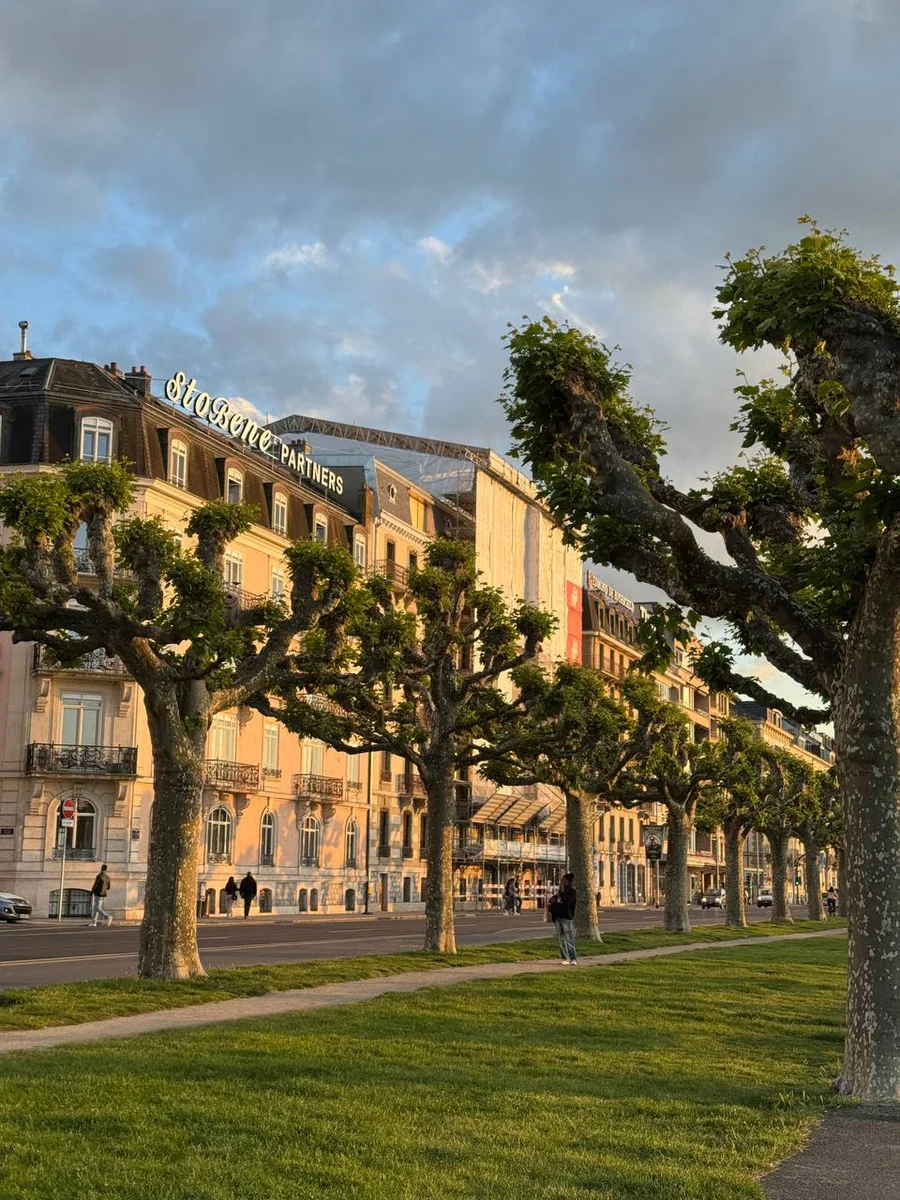
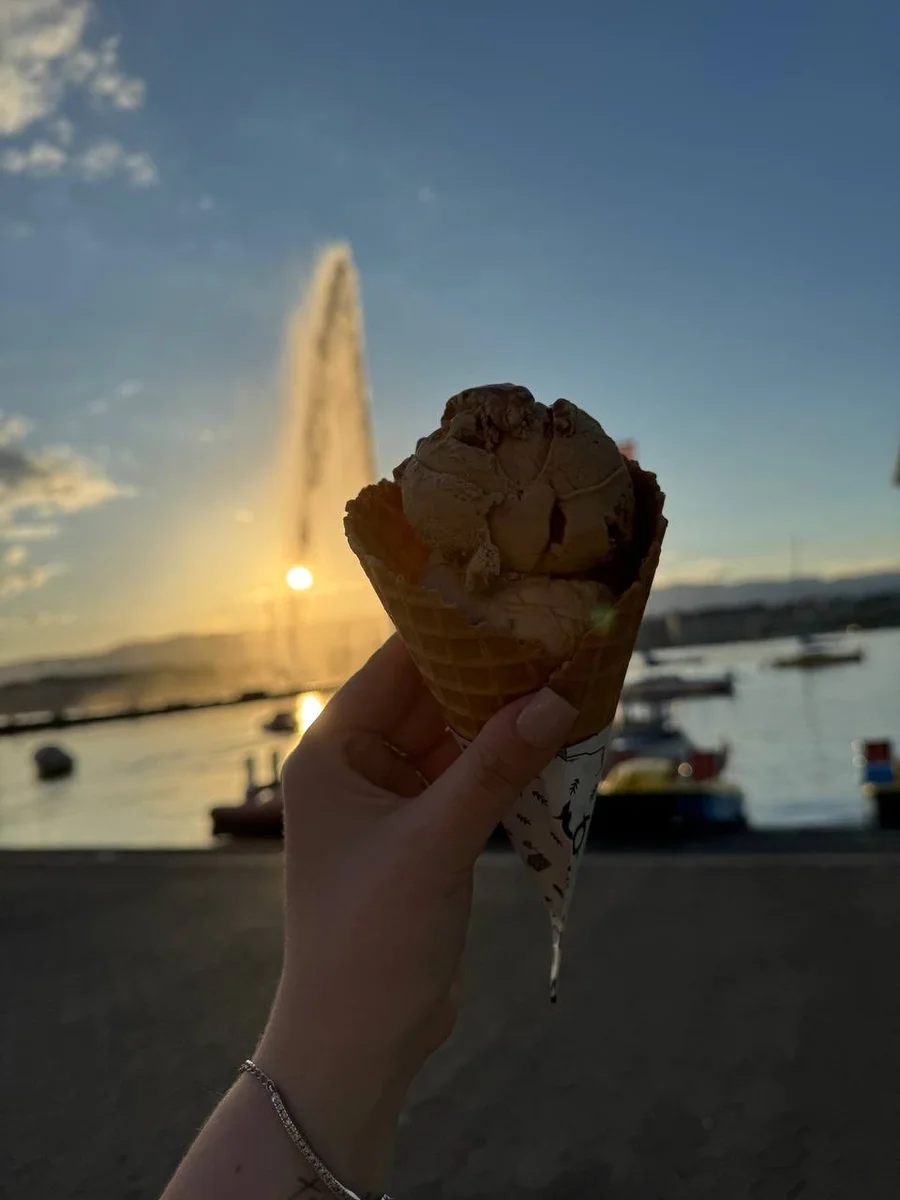
Other Corners of Switzerland and Nearby Regions
Switzerland is far more than just its main tourist landmarks — the entire country is effectively a vast natural backdrop for spectacular photography. Beyond the major sites already mentioned, the following locations are also well worth visiting:
- Lauterbrunnen. This valley in the Bernese Alps is home to at least 72 waterfalls. The most prominent are Staubbach Falls (297 m, free to view) and the Trümmelbach Falls, a series of glacial waterfalls hidden inside a mountain (entry 15 CHF, ~USD 15.30, not covered by Swiss Pass). Trains from Kandersteg (1 hour) or Lucerne (2 hours) to Lauterbrunnen are free with a Swiss Travel Pass. Buses to Trümmelbach are also included.
- Montreux. Located on Lake Geneva, Montreux is best known for the Chillon Castle, one of Switzerland’s most iconic medieval landmarks. Entry is 13.5 CHF, but free with a Swiss Travel Pass. The lake promenade, lined with palm trees and featuring a statue of Freddie Mercury, draws music lovers year-round. The Montreux Jazz Festival, held each summer, is a major international event — ticket prices start at 50 CHF.
- Mont Blanc. At 4808 meters, Mont Blanc is the highest peak in the Alps and lies just across the border in France, accessible via the town of Chamonix. The Aiguille du Midi cable car ascends to 3842 meters and offers panoramic views of Mont Blanc (ticket ~70 CHF). Chamonix also hosts the Alpine Museum (entry 7 CHF, no Swiss Pass discount), which documents the history of mountaineering in the region.
- Désalpe. It is not a specific location but a traditional Swiss festival celebrated in late September to early October. During this period, herders bring their cattle down from the high alpine pastures to the valleys for winter. The event is marked in the cantons of Valais, Fribourg, Bern, and Appenzell. The festivities include parades in which cows are adorned with floral crowns and large ceremonial bells. Herdsmen, dressed in traditional costumes, lead their cattle through village streets, while spectators enjoy the spectacle, live folk music, and regional food. The most renowned parades take place in Martigny, Charmey, and Plaffeien.
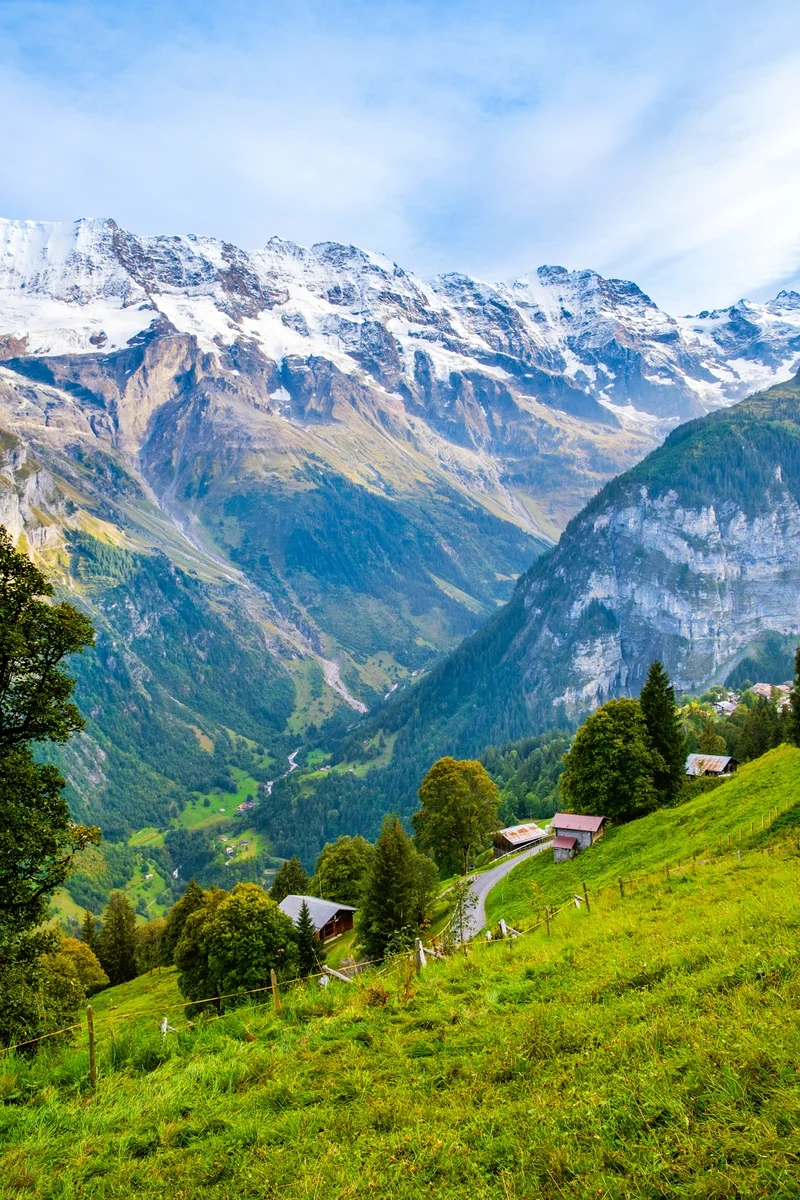
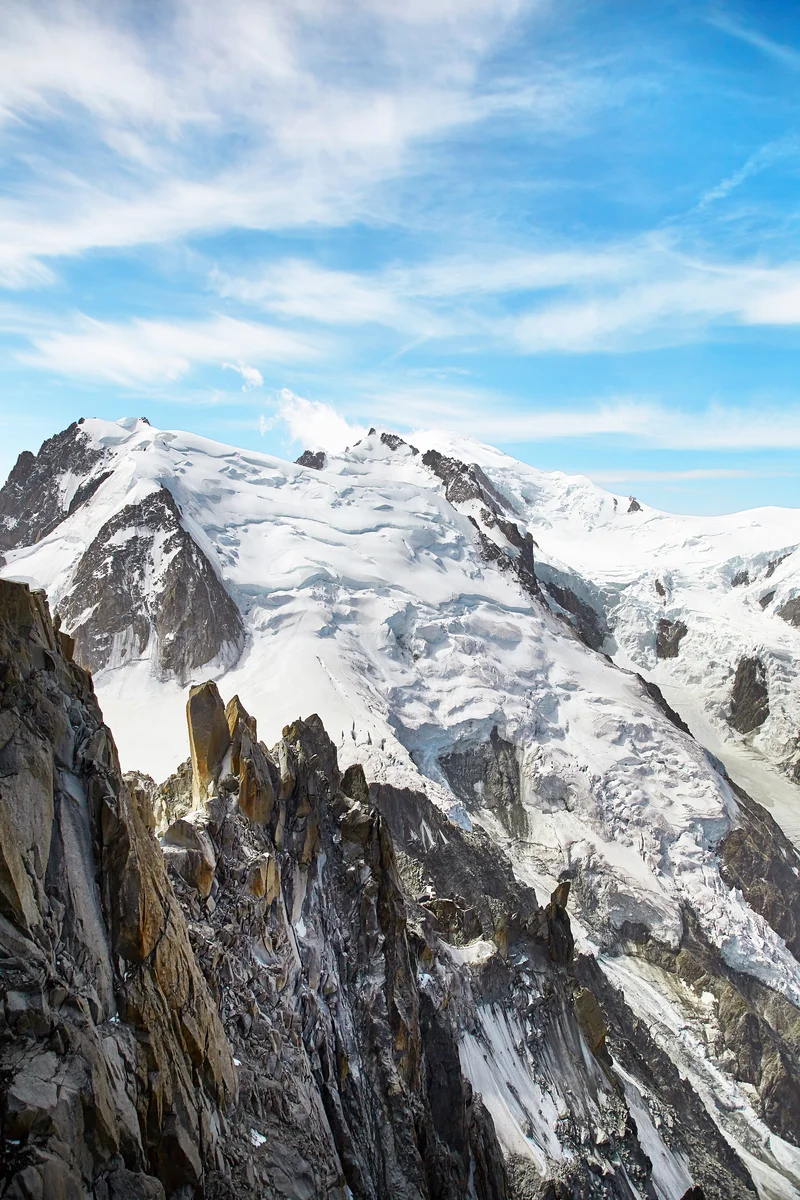
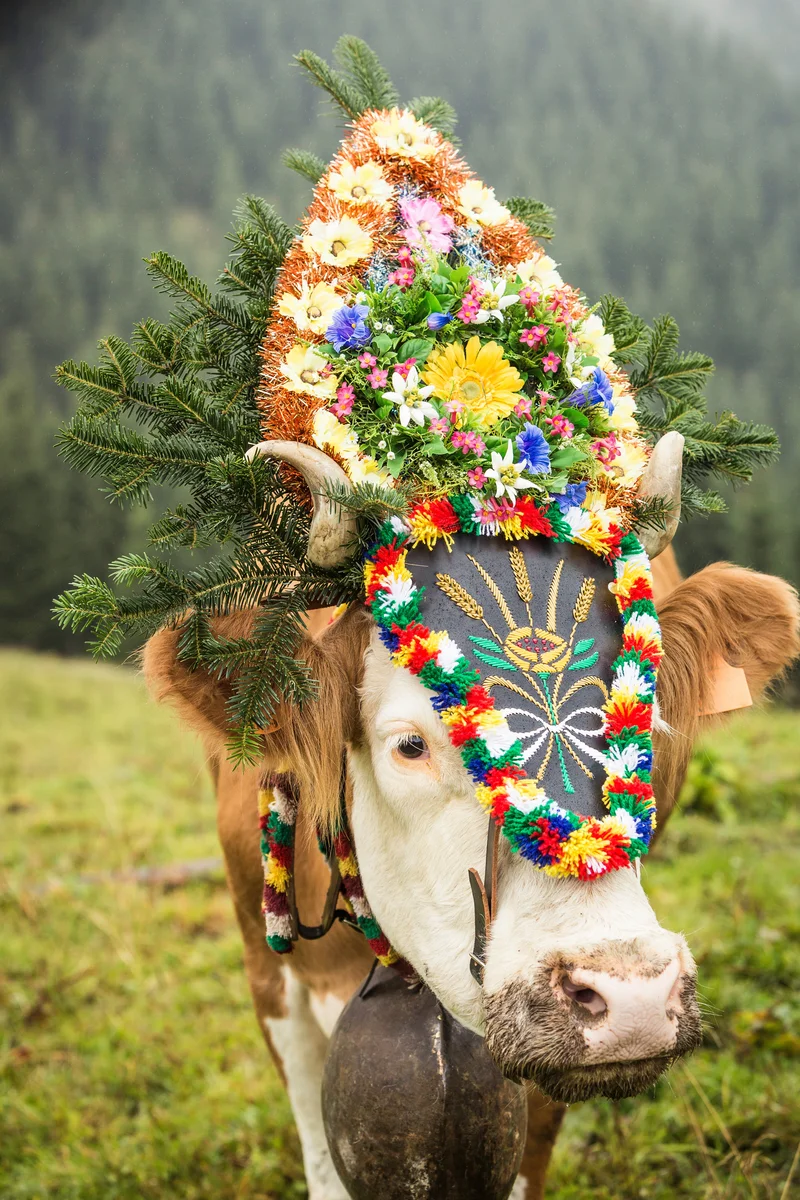
In Conclusion
Switzerland reveals its richness through contrasts: business-centric Zurich and vibrant Geneva, medieval houses side by side with sleek glass-and-concrete towers. Traveling through the country is undeniably expensive, but the Swiss Travel Pass makes it significantly more accessible and convenient.
The punctuality of Swiss trains, seamless connections, and the SBB mobile app greatly simplify logistics, allowing travelers to focus on the landscapes and the history around them. This journey will undoubtedly leave lasting memories of alpine mountains, distinctive architecture, and, of course, the well-groomed Swiss cows—whose bells create a melodic chime that echoes beautifully through the mountains and valleys.
Photo: Anastasia Eremenko.
Author
I write informative articles about real estate, investments, job opportunities, taxes, etc.
















